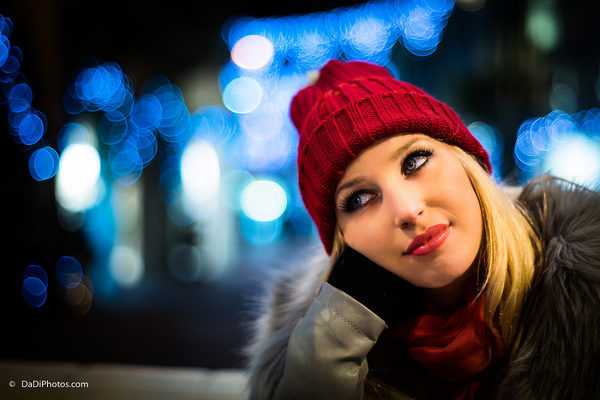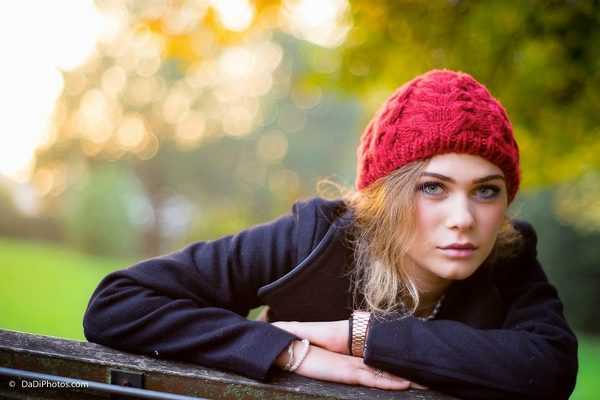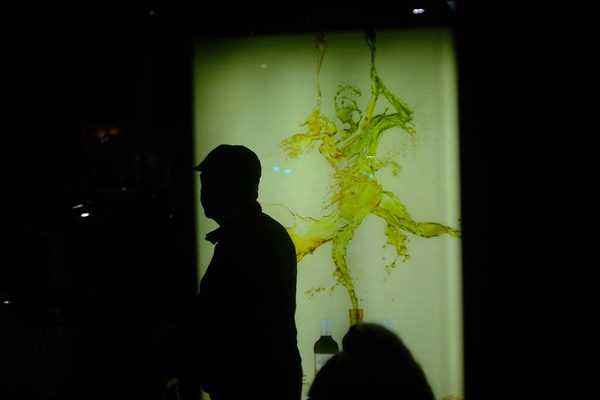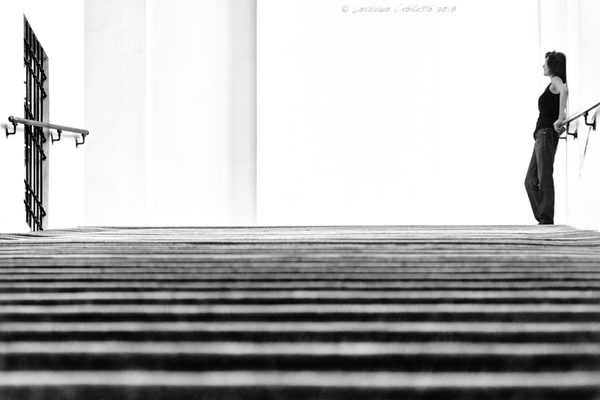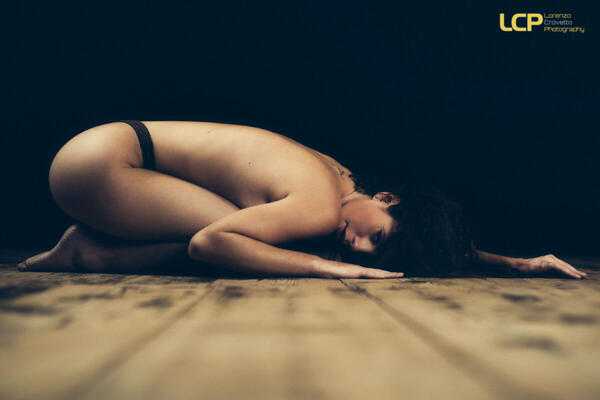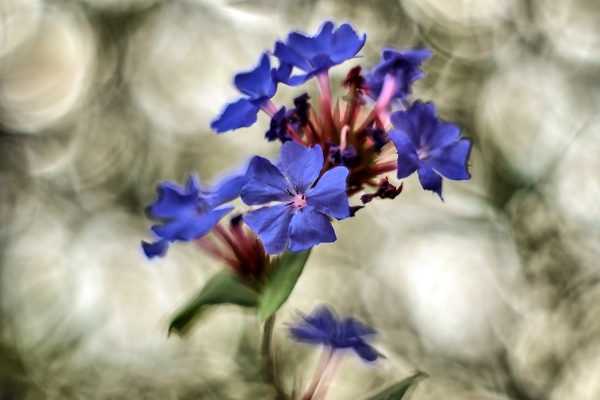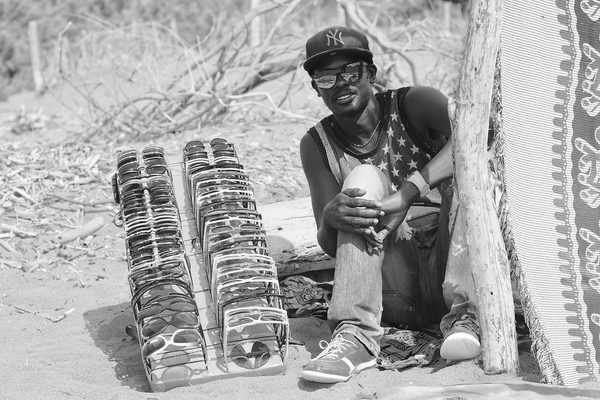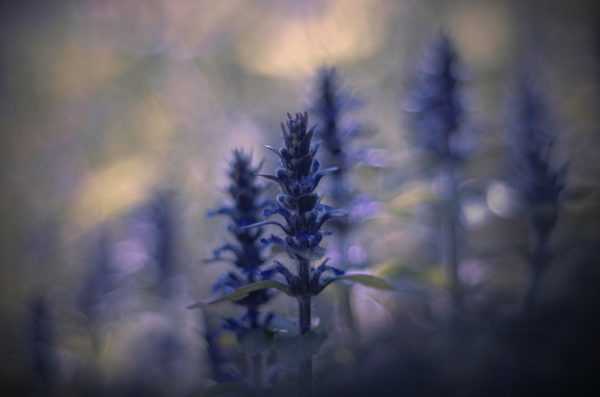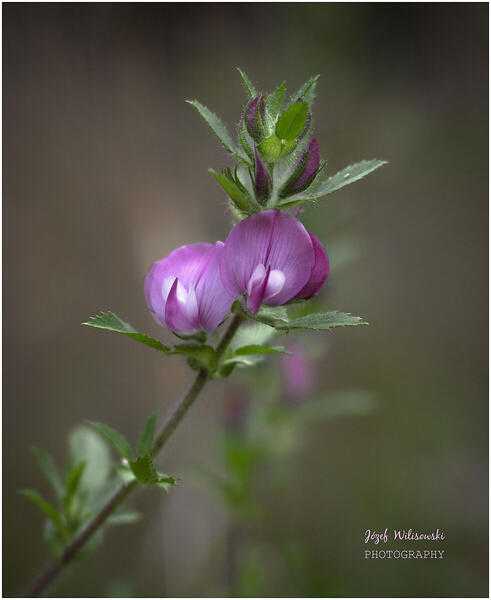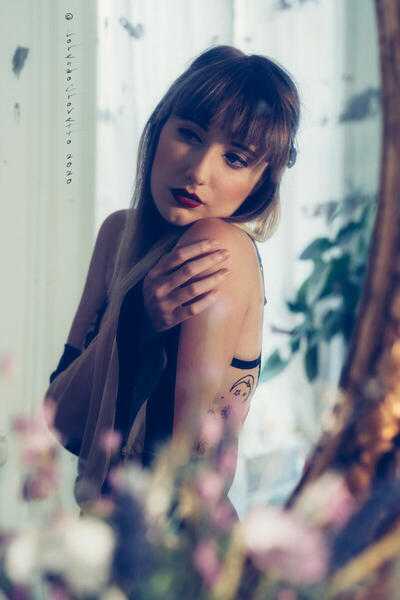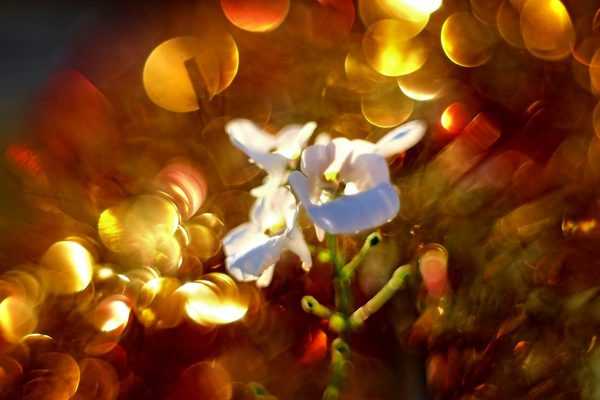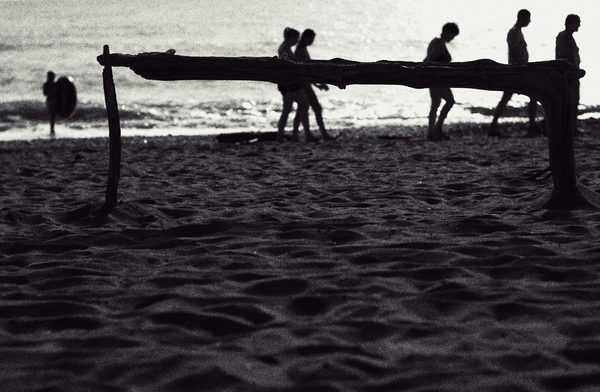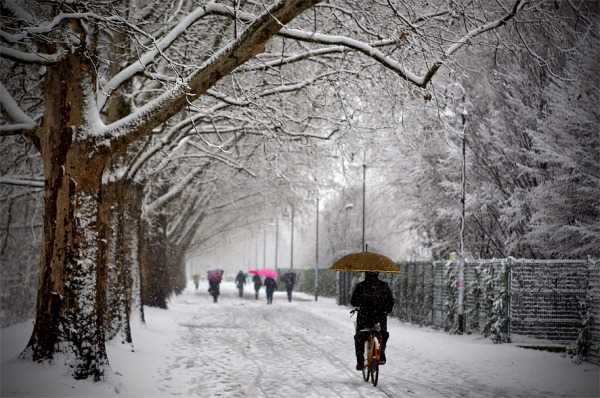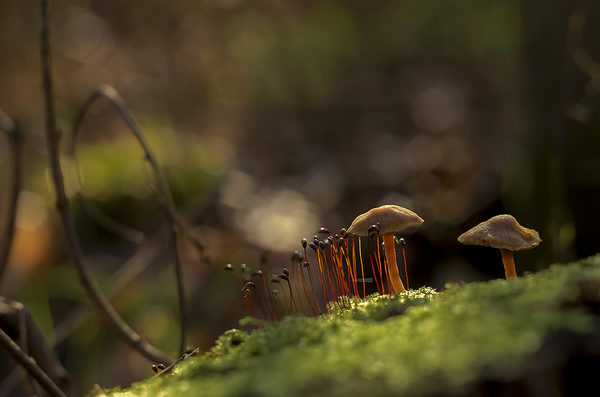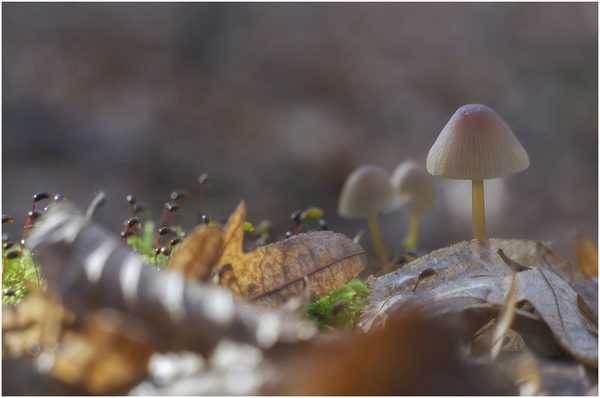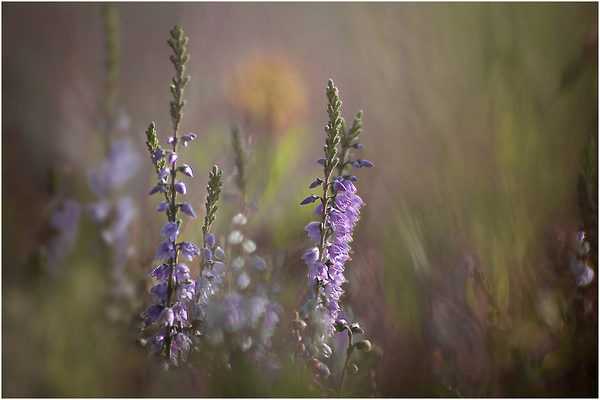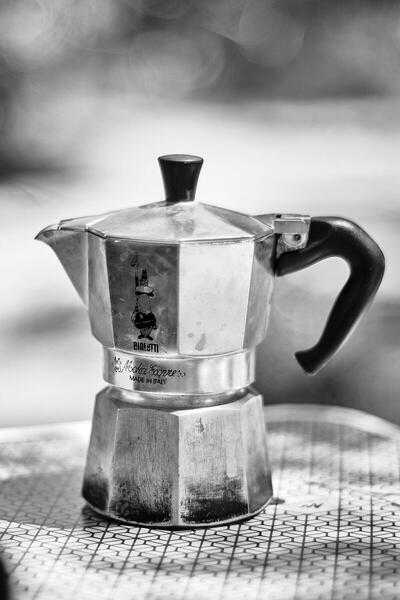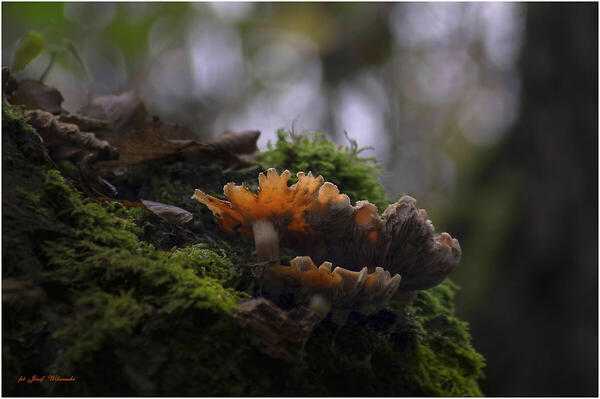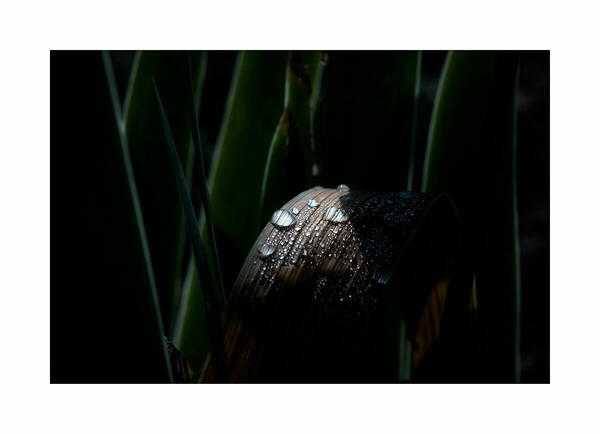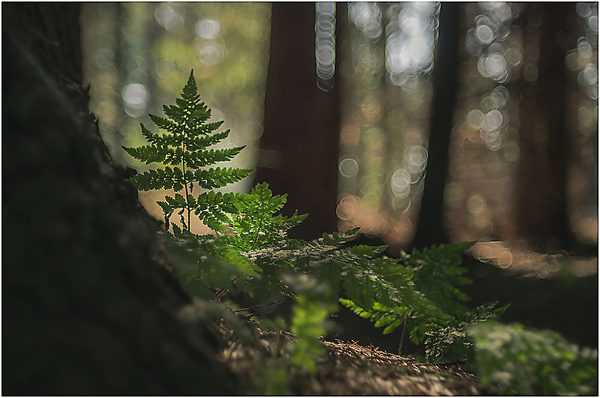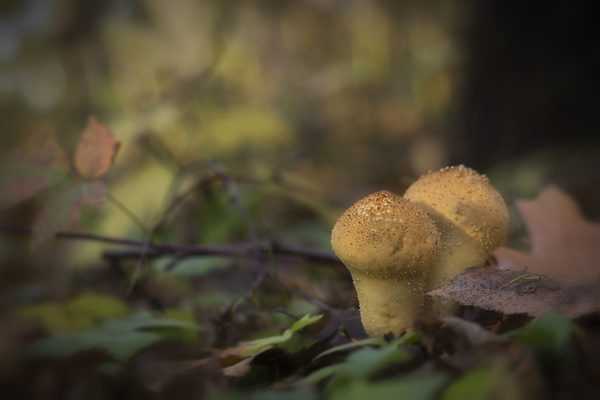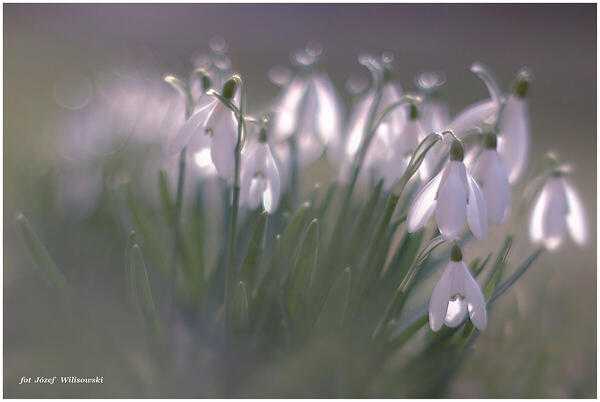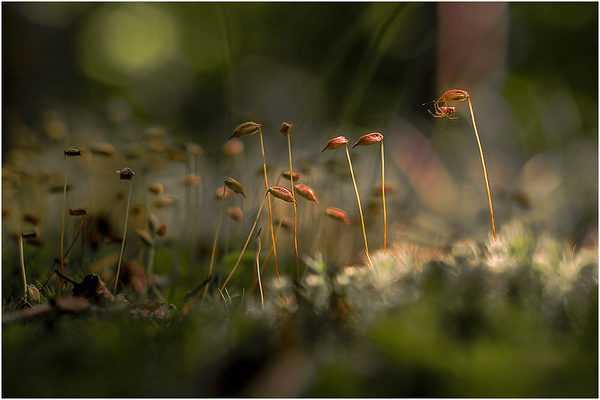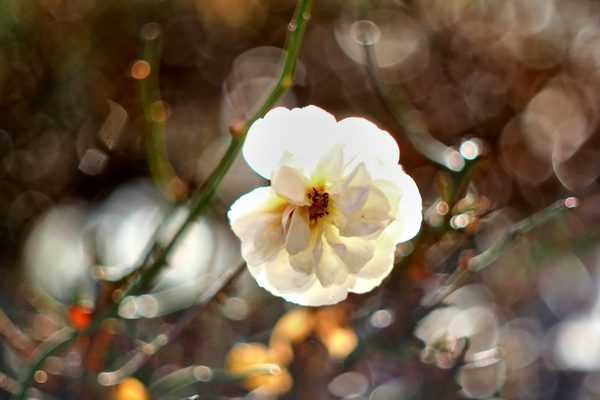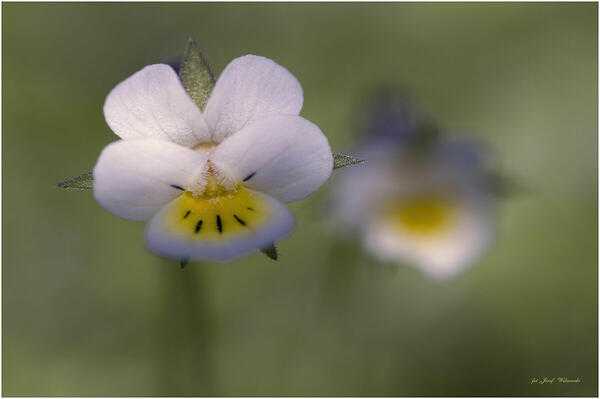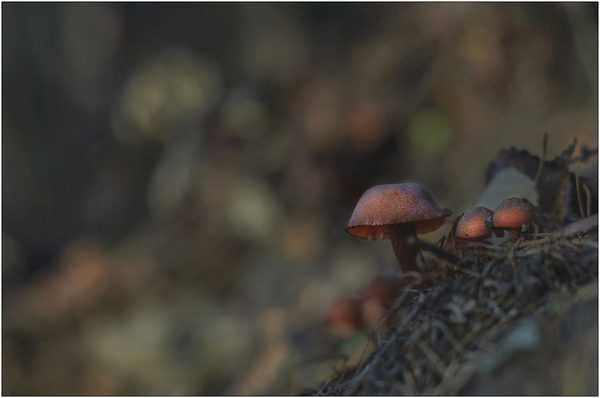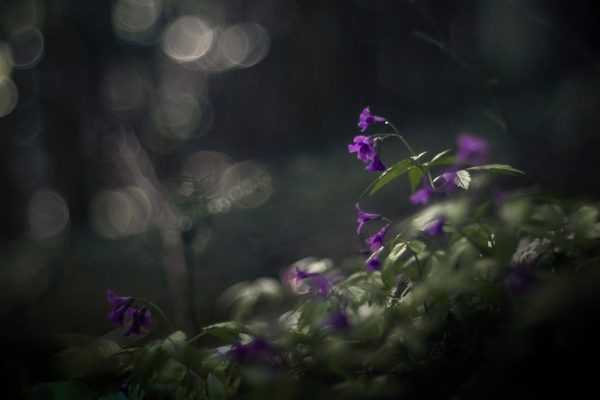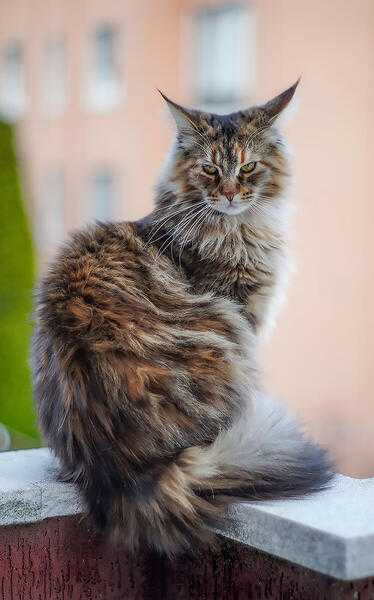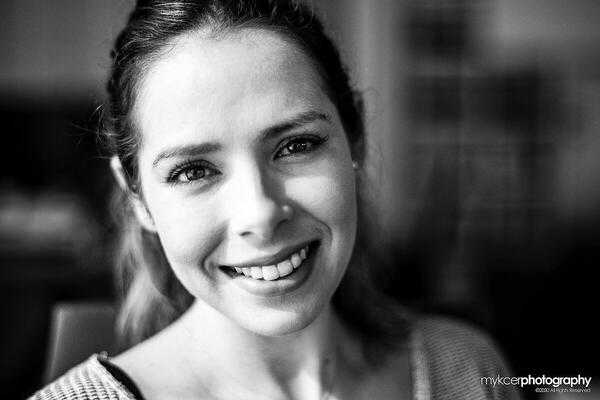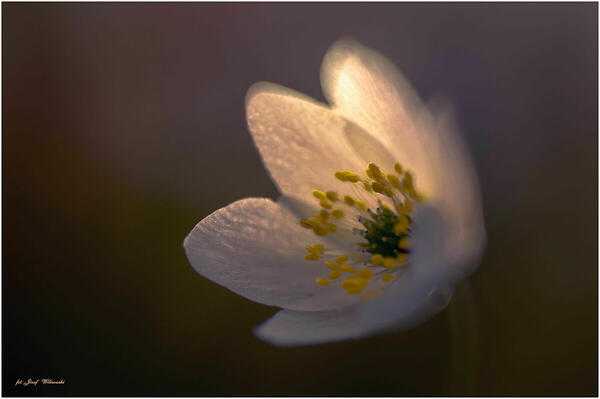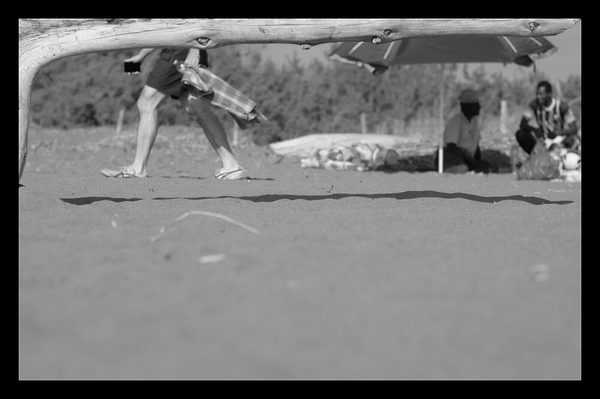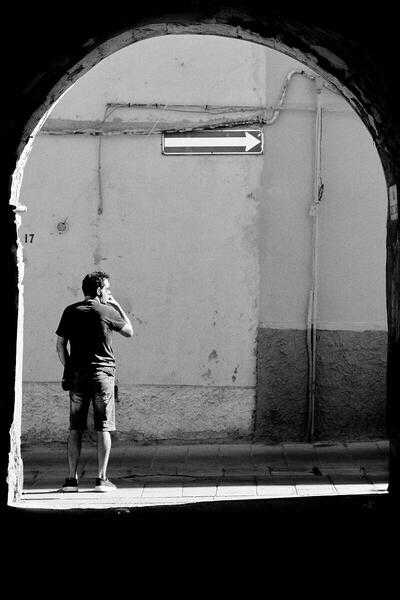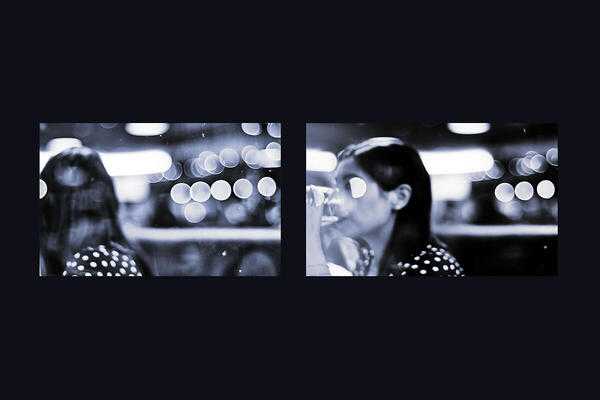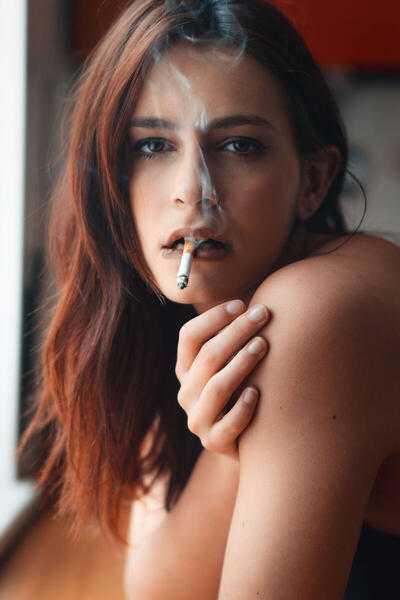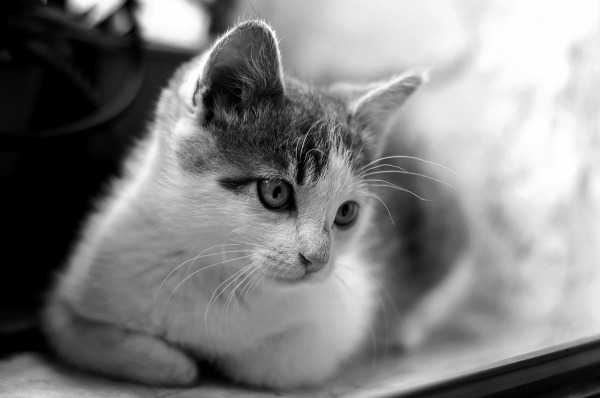Minolta MC Rokkor PG 50mm 1:1.4 aberrations
Long-distance bokeh
Test conditions: the lens was focused on 0.5m, buildings are on “infinity”-distance

Test conditions: the lens was focused on 1.5m, buildings are on “infinity”-distance

Light bubbles bokeh
The lens is on the minimal focusing distance 0.5m, lights are on infinity (cityscape)

The lens is on the minimal focusing distance 1.5m, lights are on infinity (cityscape)

Minolta MC Rokkor PG 50mm 1:1.4 – final conclusion:

This lens has a dual life in people’s opinions. Somebody calls it the small sister of the greatest legend MC PG 58mm F1.2 – because ‘less resolution and with not so impressive bokeh, but still very good‘ (it aren’t my words). Others say that this is ‘sharpest Minolta’s fifty ever with incredible resolution and bokeh‘(it aren’t my words too). Additionally, some people don’t care about IQ and prefer this lens just because it may be easily disassembled for cleaning or fixing – some photographers are strange people, you know. The truth is in the middle – of course it isn’t the sharpest lens ever in the world, but I don’t see noticeable weakness.
The lens is worth its money at least. It looks for me that if a photographer got this lens then he/she doesn’t need to look for another better fifty. Yes, it’s possible to get the sharper lens or lens with fewer aberrations on wide-open aperture, or a lens with a better color rendition. Yes, we know that faster sister MC PG 58mm F1.2 has a more famous rendering but… I prefer to don’t use ‘better’ – just use ‘famous’. It’s because the bokeh of this MC 50/1.4 is absolutely great for any photographer task.
This lens is a bit heavier and bigger than common fifties – a good advantage for photographers who prefer tactile feeling but the lens is still quite lightweight – it’s a standard 50mm from 70′. It can be used for portraits if wide-open and ready for landscapes from F5.6, it works fine with modern digital cameras, compatible with autofocused adapters like Techart-Pro. One another important advantage – the price. As I see for today this lens still isn’t rare and not overheated on auctions – a good point to take it and make a few masterpieces.

Minolta MC Rokkor PG 58mm 1:1.2 lens exterior
Minolta MC Rokkor PG 58mm 1:1.2 lens shade
The original lens shade is coded as D55NC, also the later version has existed – without code but with simple text on a side “MC 58mm F 1.2” – very suitable for MC-II generation:
A bit more about shades for Minolta MC Rokkor PG 58mm 1:1.2
This is not suitable but popular lens shade –Minolta D57KB which is authentic for Minolta Auto Rokkor-PF 55mm F1.8 and Auto Rokkor-PF 58mm F1.4– it works enough good, and photographers often recommend it because of convenient attaching:
Attention:this lens-shade gives a slight vignetting at corners on opened apertures.Thanks to Jan Koning for that notice and for the scheme with proof:
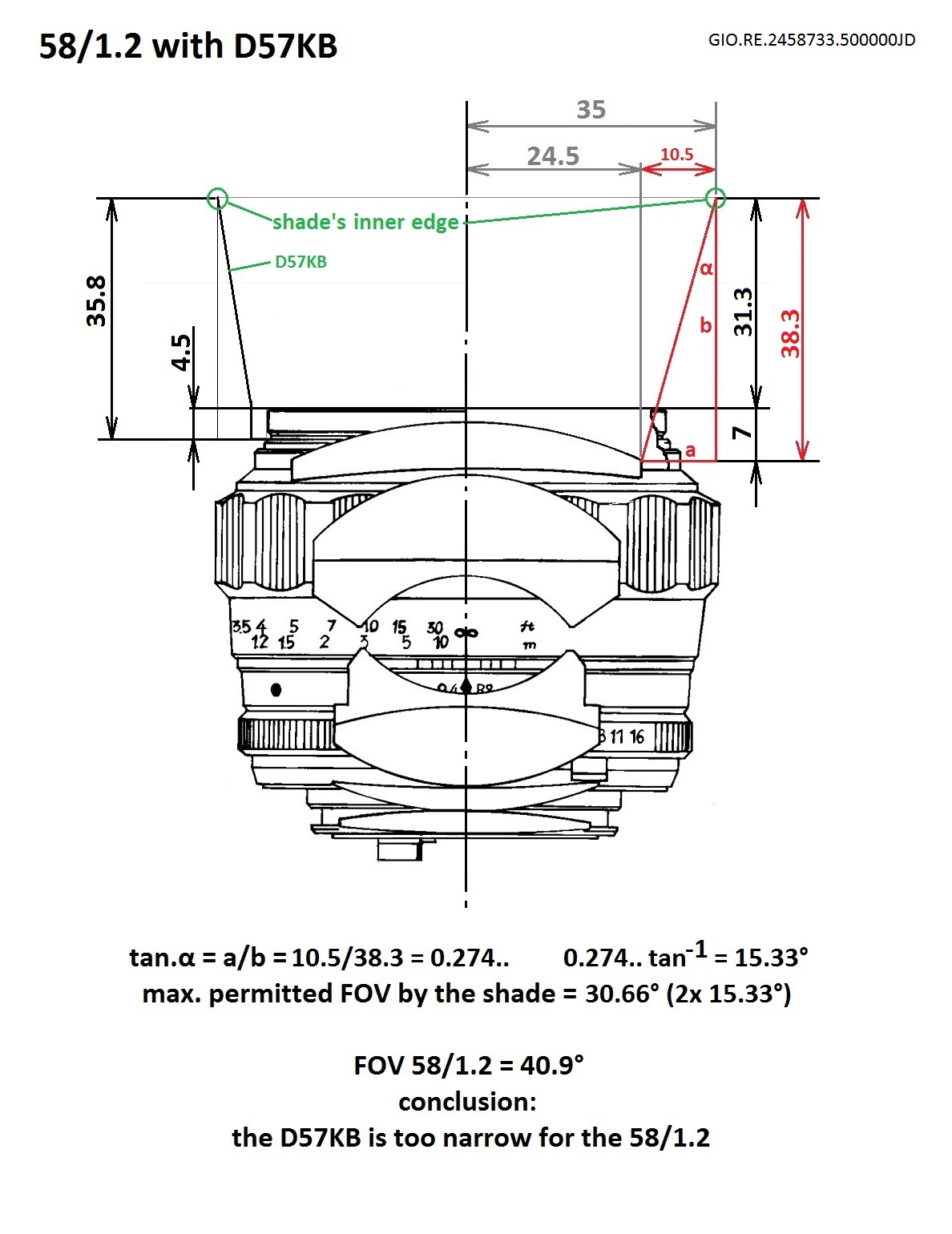
One more note: many companies called such devices as “Lens Hood” (wiki), but Minolta is from a team that prefers “Lens Shade”.
Minolta MC Rokkor PG 50mm 1:1.4 specifications:
| # in minolta.eazypix.de index | 93 |
| Name engraved on lens | MC ROKKOR(-X) PG |
| f | 50 |
| A max [1/f] | 1.4 |
| A min[1/f] | 16 |
| Lens design | 7 |
| Lens design | 5 |
| Filter thread Ø front(rear) | 55 |
| Lens Shade | screw-in |
| closefocus[m/ft] | 0.5/1.75 |
| Dimension Ø x length | 65.2×46 |
| Weight | 305 |
| Year | 1973 |
| Style | MC-X |
| Code No. (ROKKOR-X) or Order No. | 521-xxx (-300) |
More data
| Floating elements | NO |
| Aperture blades number | 6 |
| Confidence in the test results of reviewed copies | High |
| Reviewed lens SN: | 3865323 |
Note: the tested lens has ˜ROKKOR-X” yellow labeling, it means that the lens was produced for the North American market, but there are no other differences with the same lenses without this label.
Special thanks for Maury Jacks for the optical design scheme. It was a surprise for me that even well known and trusted resources contain images with the wrong optical design of this lens. So, here you can see the correct scheme:
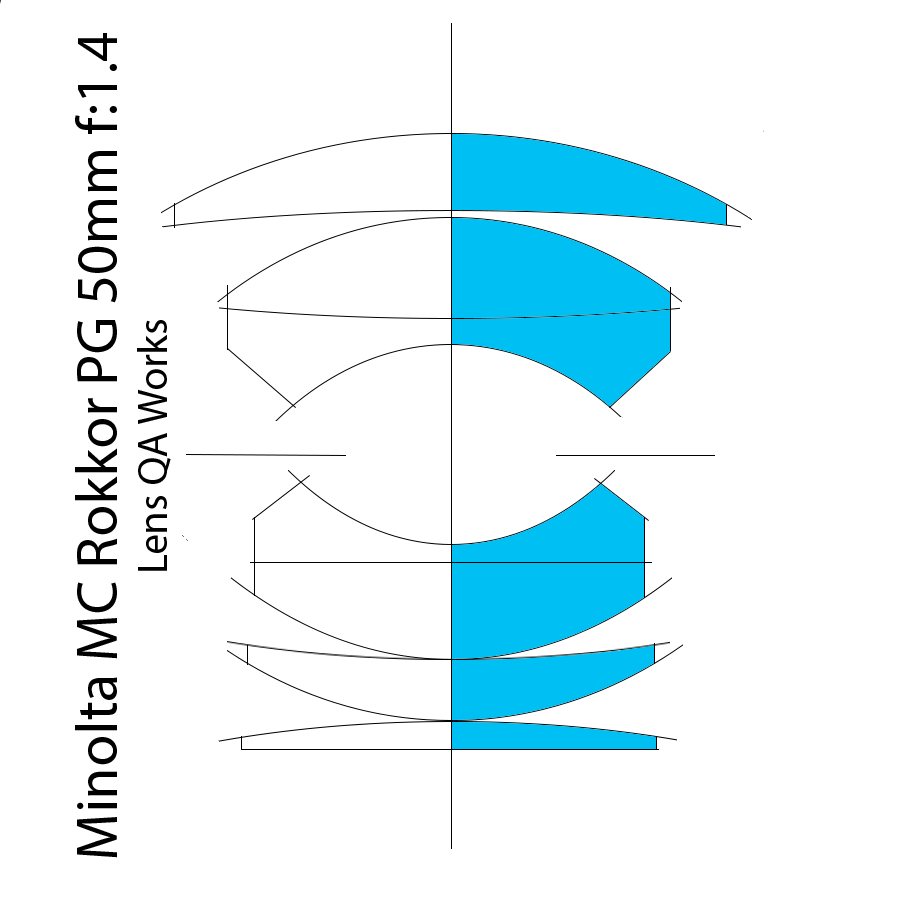
MINOLTA MC ROKKOR 1:1.2 f = 58 mm на canon
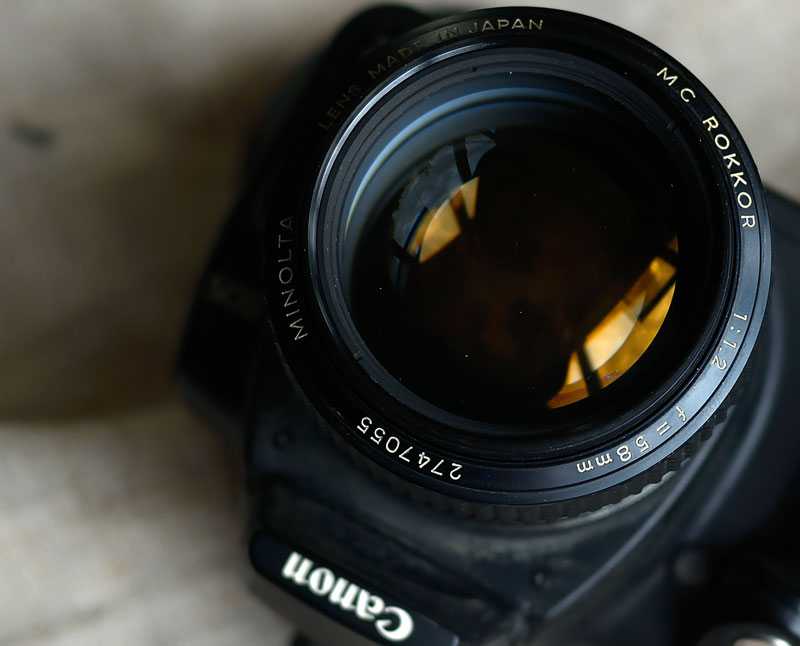 просто зверь на открытой
просто зверь на открытой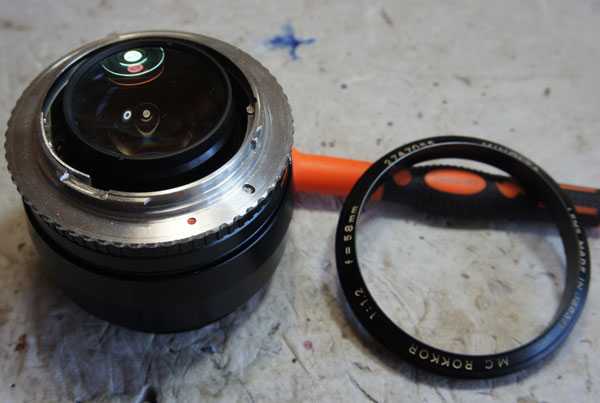 заказ был сделать на никон или на кэнонна кэнон ещё вопрос
заказ был сделать на никон или на кэнонна кэнон ещё вопрос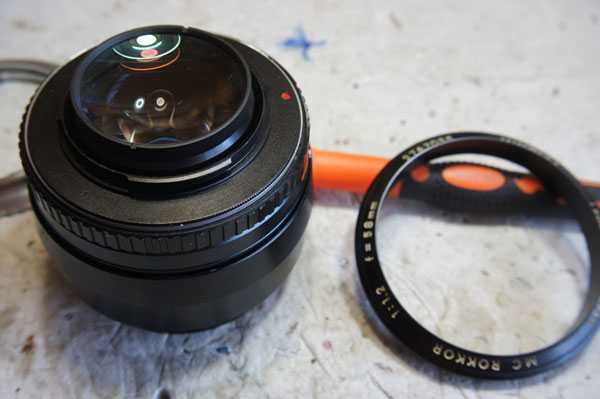 на никон, не то, что задняя линза будет цеплять зеркалоона цепляет всё начиная от поводка диафрагмы в тушкебуду делать на кэнонотрезок у минолты очень короткий 43.5 мм , короче из зеркалок только у коники 40.5 и кэнона FD 42
на никон, не то, что задняя линза будет цеплять зеркалоона цепляет всё начиная от поводка диафрагмы в тушкебуду делать на кэнонотрезок у минолты очень короткий 43.5 мм , короче из зеркалок только у коники 40.5 и кэнона FD 42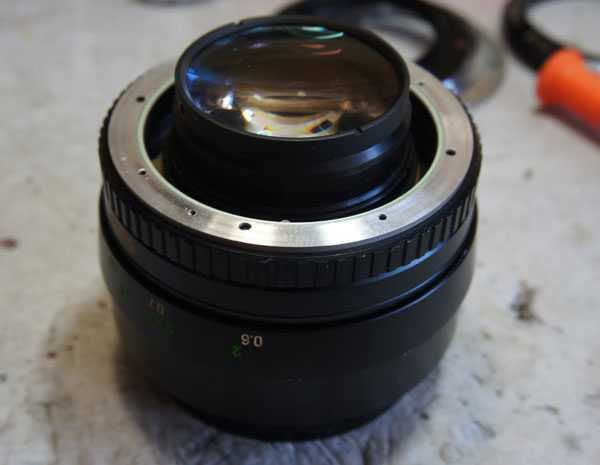 есть кольцо под родным байонетом, байонет уберу, кольцо можно сточитьоставить его необходимо, потому, что оно прижимает кольцо диафрагмы
есть кольцо под родным байонетом, байонет уберу, кольцо можно сточитьоставить его необходимо, потому, что оно прижимает кольцо диафрагмы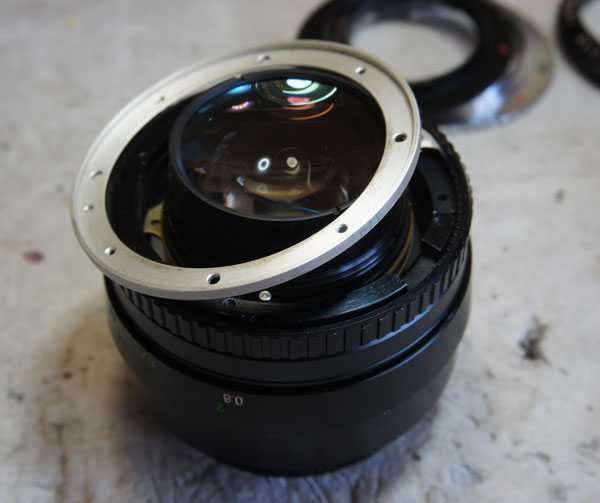 видно бортик который прижимает кольцо вращения диафрагмы
видно бортик который прижимает кольцо вращения диафрагмы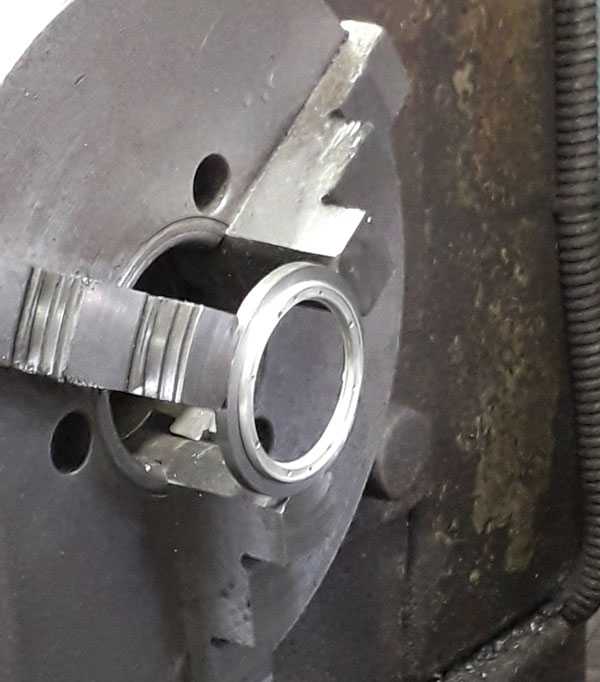 это к вопросу зажать и открутить при разборке объективаничего никогда зажимать нельзячтобы сточить кольцо нужно сделать жёсткую оправу, с разрезоми только потом зажать кольцо в шпиндель
это к вопросу зажать и открутить при разборке объективаничего никогда зажимать нельзячтобы сточить кольцо нужно сделать жёсткую оправу, с разрезоми только потом зажать кольцо в шпиндель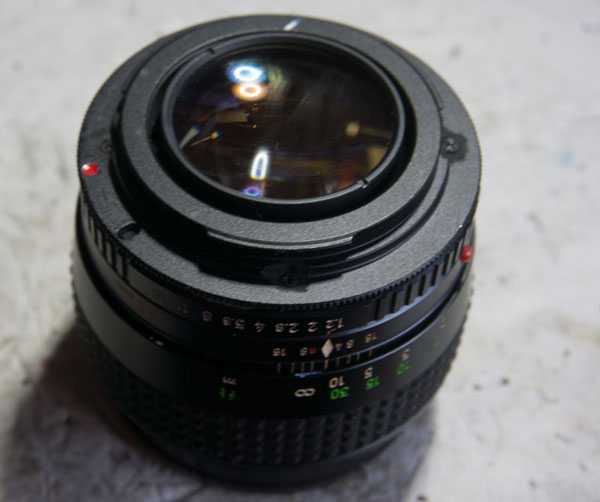 ну как то так, байонет ставить от кэнона смысла нет, там очень большое отверстиенужно ставить пластиковую заглушку, а в ней увеличивать отверстиеда у родного байонета много лишних отверстий, а стоит он на ебее около 2000 рвзял адаптер м42-eos без полочки
ну как то так, байонет ставить от кэнона смысла нет, там очень большое отверстиенужно ставить пластиковую заглушку, а в ней увеличивать отверстиеда у родного байонета много лишних отверстий, а стоит он на ебее около 2000 рвзял адаптер м42-eos без полочки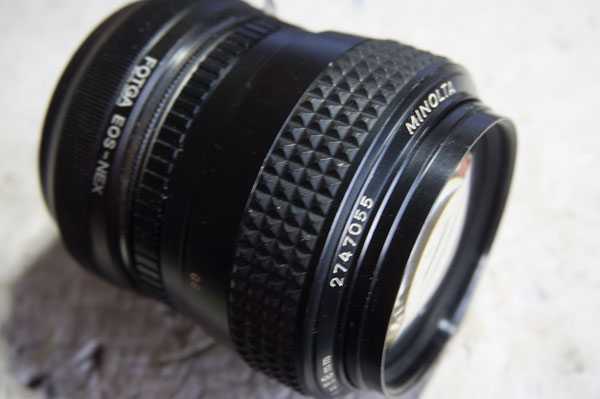 или такя сделал несколько тестовых кадров на кэнон 7D пару последних на nexв чём суть всего этого делана кроп кэнона 1.6 объектив имеет фокусное немного больше 90 мм, для сони кроп 1.5 немного меньше 90 ммполучается хороший классический портретник по фокусномусветосила остается с диафрагмой 1.2 это запредельное значениетакая светосила даст возможность снимать на коротких выдержках при маленьком iso при слабом освещениия все тестовые снимки делал на открытой при iso 100 выдержка не была медленнее 1/300и это было после 21-00 правда нужно сделать поправку на Питер май, почти белые ночия не встречал объективов на кроп с такой светосилойправда нужно заметить, что грип на кропе это не, как 1.2 на полном кадреэто как 2.0 на сони и 2.1 на кэнонеразмытия, как на полном кадре не будетну, кто снимает кропом, наверное преследуют другие цели, чем размытиев итоге, резкость на открытой 1.2 меня сильно удивиласовременный кэнон 50 мм 1.4 сильно уступает
или такя сделал несколько тестовых кадров на кэнон 7D пару последних на nexв чём суть всего этого делана кроп кэнона 1.6 объектив имеет фокусное немного больше 90 мм, для сони кроп 1.5 немного меньше 90 ммполучается хороший классический портретник по фокусномусветосила остается с диафрагмой 1.2 это запредельное значениетакая светосила даст возможность снимать на коротких выдержках при маленьком iso при слабом освещениия все тестовые снимки делал на открытой при iso 100 выдержка не была медленнее 1/300и это было после 21-00 правда нужно сделать поправку на Питер май, почти белые ночия не встречал объективов на кроп с такой светосилойправда нужно заметить, что грип на кропе это не, как 1.2 на полном кадреэто как 2.0 на сони и 2.1 на кэнонеразмытия, как на полном кадре не будетну, кто снимает кропом, наверное преследуют другие цели, чем размытиев итоге, резкость на открытой 1.2 меня сильно удивиласовременный кэнон 50 мм 1.4 сильно уступает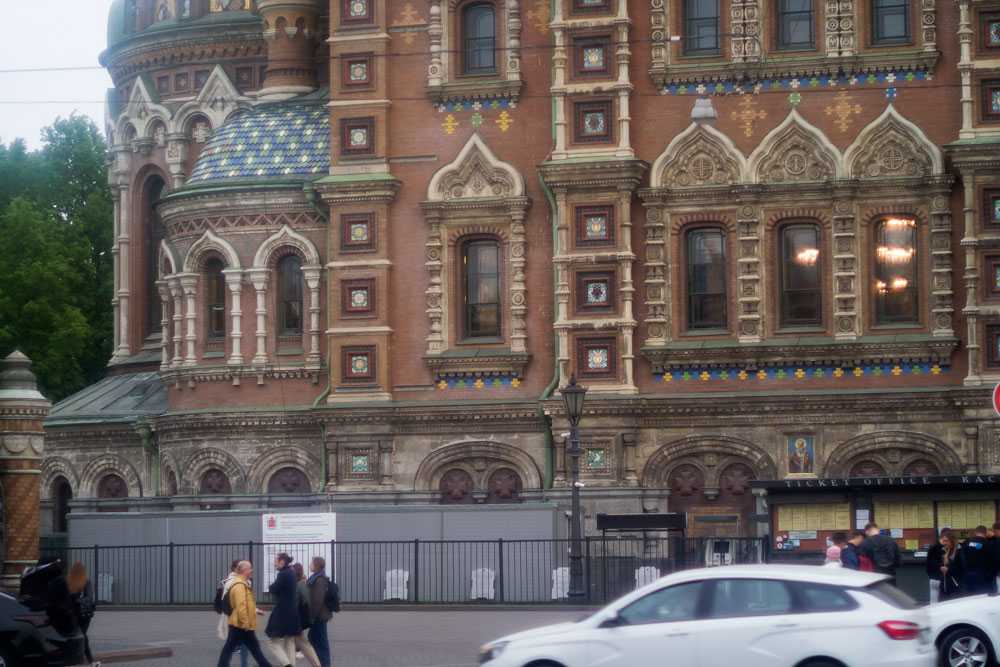 спас на крови у меня для всех стёкол тестовый
спас на крови у меня для всех стёкол тестовый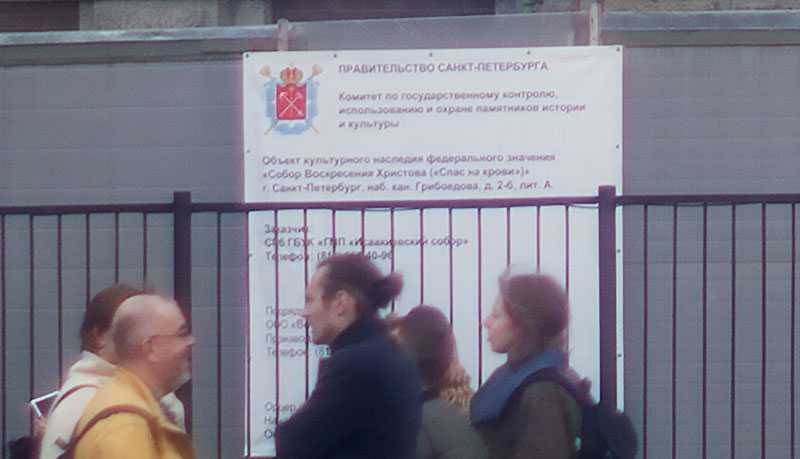 это 100% кропя мыла вообще не вижу, разрешение на пределеправда у 7D на мой взгляд чего то шумит матрица
это 100% кропя мыла вообще не вижу, разрешение на пределеправда у 7D на мой взгляд чего то шумит матрица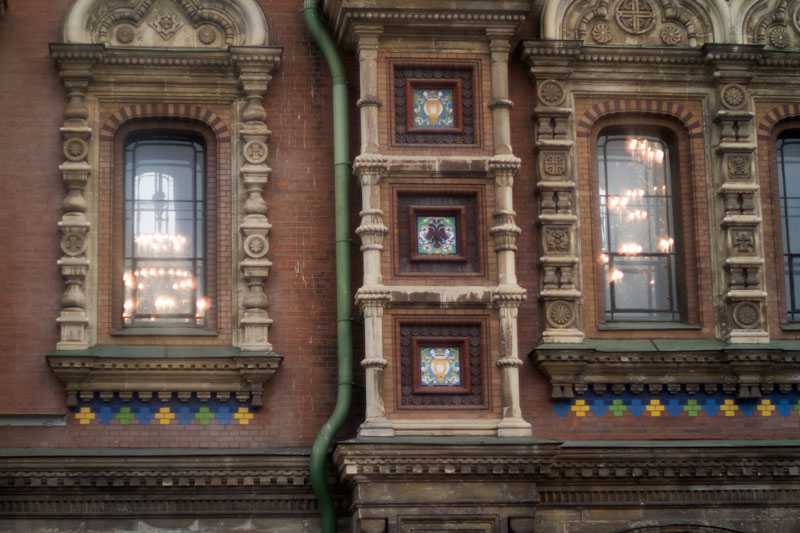 разрешает, вопросов нет
разрешает, вопросов нет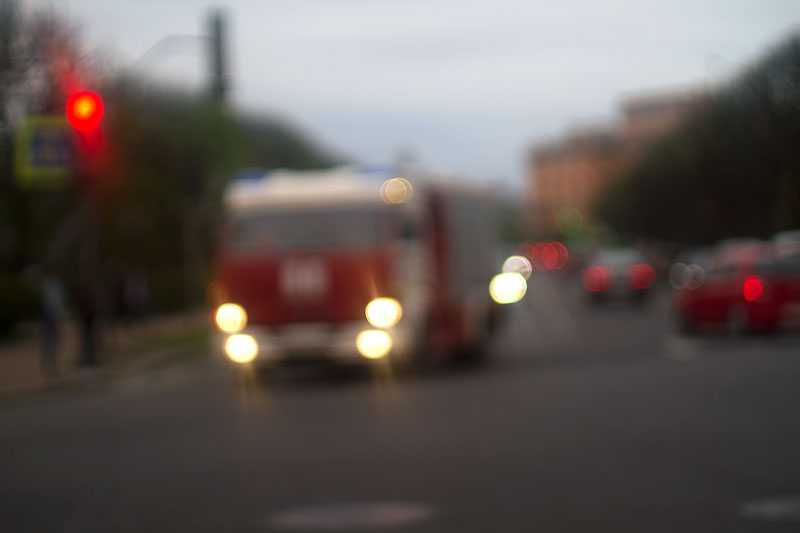 это пожарка, сфокусироваться не успел, но бокешку увидел
это пожарка, сфокусироваться не успел, но бокешку увидел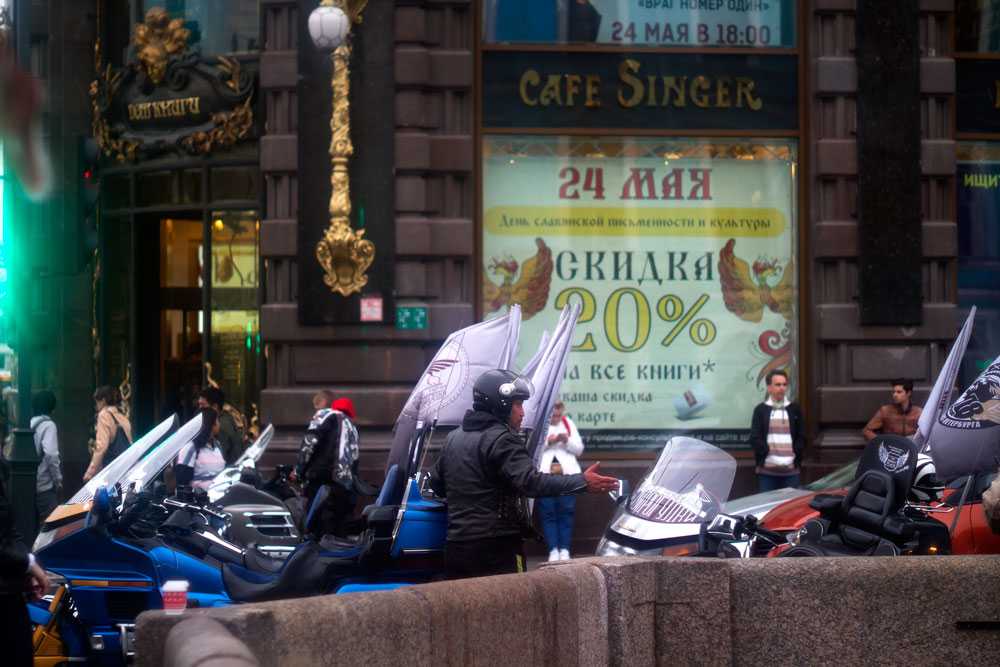 читатели
читатели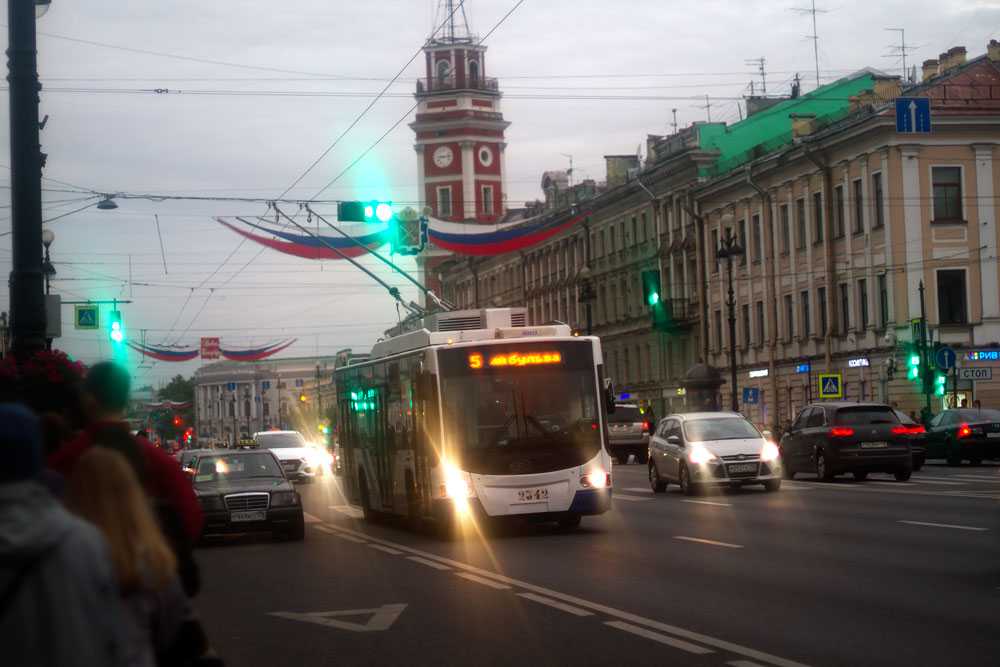 Невский
Невский хотел сделать портрет, но далековато, а разрешения на съёмку не получил
хотел сделать портрет, но далековато, а разрешения на съёмку не получил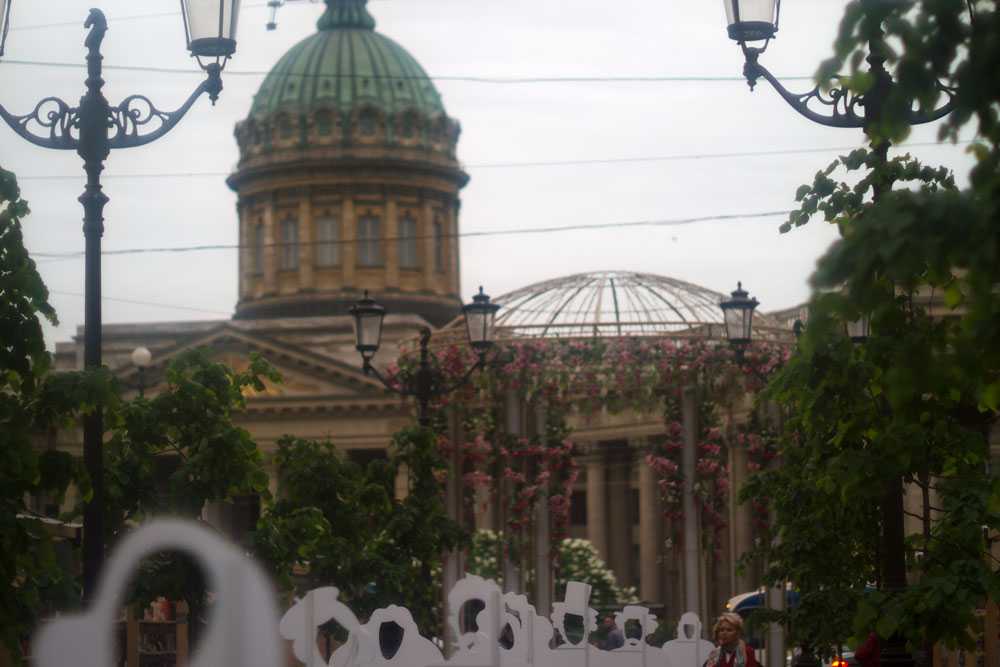
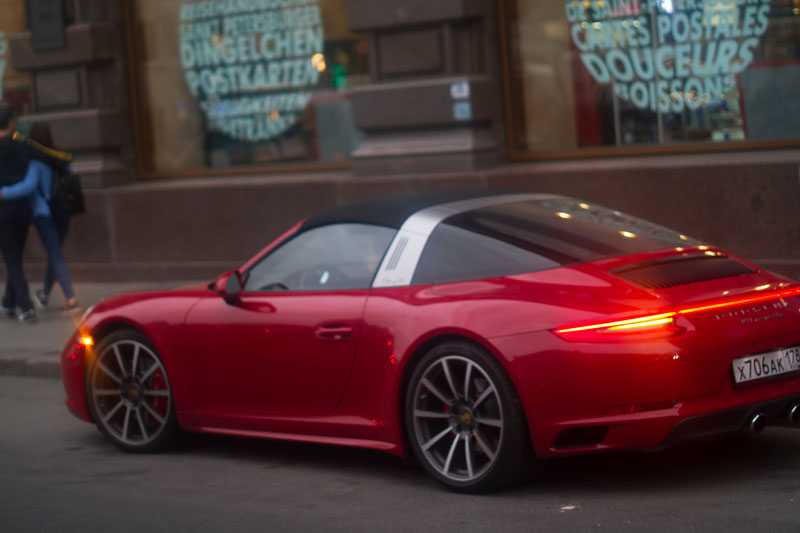 и пара снимков на сони с грипом
и пара снимков на сони с грипом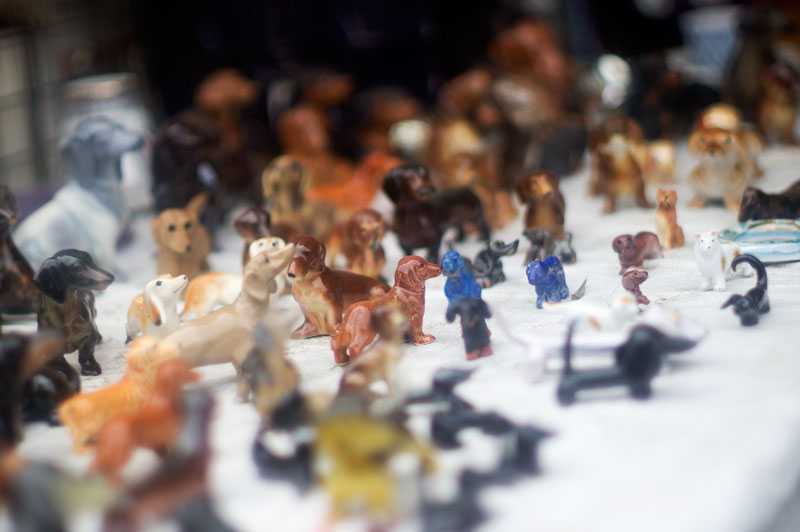
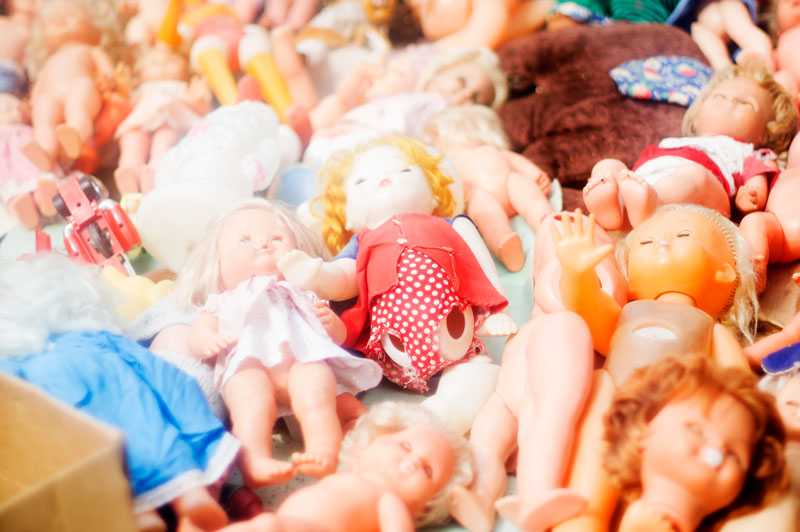 вот как то так, объектив хороший, но и дорогойУспехов в фотографии
вот как то так, объектив хороший, но и дорогойУспехов в фотографии
[url=https://lens-club.ru/articles/item/c_299.html]MINOLTA MC ROKKOR 1:1.2 f = 58 mm на canon
Комментарии:4.
3.
2.
1.
Извините, но комментарии могут добавлять только авторизованные пользователи
Minolta MC Rokkor PF 135mm 1:2.8 – final conclusion:

Throughout history, Minolta has released 16 (!) different 135/2.8 manual lenses for SLR cameras (SR-mount). They were on 6/5, 7/5, 5/4, 4/4, 5/5 schemes. Can I say that this particular lens is better than those that were released later? Definitely not. It occupies a middle position among the other 135/2.8 Minolta lenses – looks not so sharp as more modern lenses, but – it is still sharp enough for any photographer tasks. Independently of full metal construction this lens is not heavier and has close the same weight as other models, even lighter than many another with rubberized elements. It was a little surprise, because when you see the full metal lens – you expect heaviness, but not this time. And as it was expected, the construction of this MC-II version is simple enough for an owner to fix the lens if it needed.
Rendering and aberrations of this Rokkor are not something special – a lot of other 135mm provide the same results. Bokeh is like a ‘Plain/Gauss’ type (not ‘Swirly’). To be honest, I didn’t meet a fast 135mm lens with bad bokeh – each of them at least very good, and this Rokkor isn’t exclusion – bokeh is fairly common, but without flaws.
It looks like this lens is not for sharpness maniacs. On the other hand, it keeps the balance, and can’t be called ‘soft lens’. I wouldn’t recommend it for the role of the champion of the resolution, but it will work fine for photographers, who don’t care about pixels.
Thus, we have a very good lens, but it does not stand out among a large number of other lenses with the same parameters. There is no need to hunt for it, but if you get it – then save.

Historical notes
The lens has three reincarnations – MC I, MC II, and MC III (by popular collectors classification). This revied “Hills & Valleys” or “Knurled” design is MC II – the second generation that was born in 1970. All released lenses with parameters 28mm F2.5 by Minolta are radioactive. If my information is correct, the Minolta produced for 35mm cameras only two lens models which contain active elements in the glass – this 28/2.5 and 58/1.2 (reviewed already in non-radioactive version).
The 28/2.5 hasn’t non-radioactive versions but from my point of view the level of activity is low and if to follow simple rules (like not to eat yellow snow… the yellow glass I mean. But yellow snow also in this list…) everything will be fine. I recommend to google more about radioactivity if you are worried. It seems to me that this trait adds a few scores for the popularity of this lens – it makes it a little unique and dangerous, so, only real rebels and cool guys can use it.
About yellowing of tested copy
The reviewed copy has the easily visible yellow-tint on the back lens – it’s a result of radioactive decay. The color can be easily fixed with an ultraviolet lamp (or sun-bath) but I prefer to leave it because two reasons, firstly I wanted to check how easy it can be fixed with auto-WB in digital editors, secondly the keeping this tint untouchable may turn the lens into good example which demonstrates the radioactive effect on glass if such example will be needed in future, for today this is only one radioactive lens which is available for me.
Photos taken with Minolta MD Rokkor 58mm f/1.4
|
RCE
RCE
|
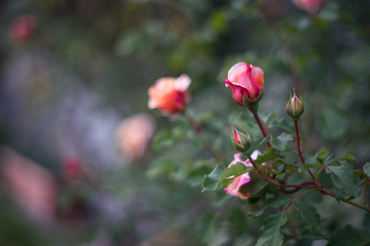
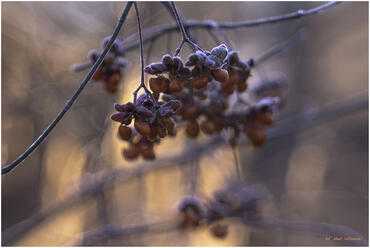
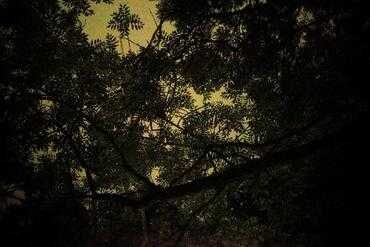
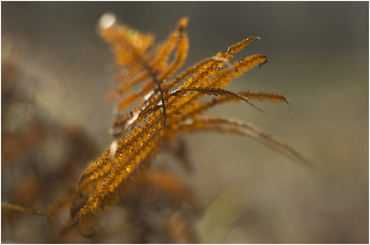
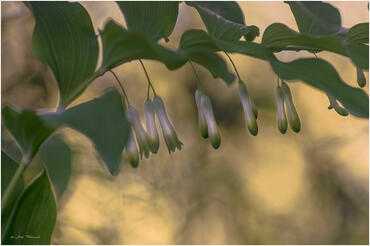
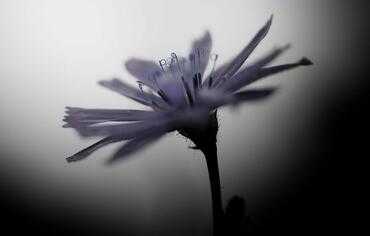
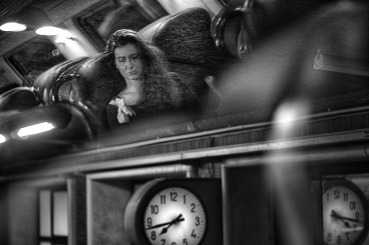
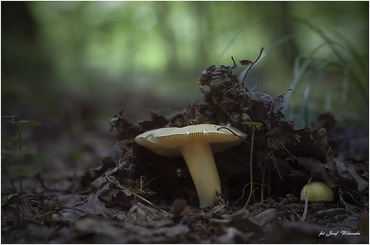
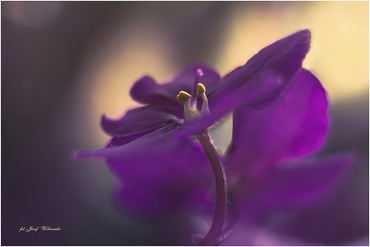 Next Page »
Next Page »
The sample photos are selected automatically between all photos posted by JuzaPhoto members, using the camera and the lens selected in the techs. If you find evident errors (e.g. photos taken with cameras and lenses that are not available yet), you can contribute to improve the page by sending a private message to the user that has entered incorrect values in the photo caption.
Reviews » Lenses » Lenses Minolta » Minolta MD Rokkor 58mm f/1.4
Historical notes
This is the second and final reincarnation of Rokkor 55/1.7. Previously on this focal distance, Minolta has produced lenses with max F1.8, later they switched to 50mm only. With this particular characteristics – 55mm 1:1.7 – the just two exist, the first “flat-grip” and the later “knurled” (MC-I and MC-II by collectors classification). The difference is in the shape of focusing rings, but it needs to be remembered that 60′-70′ was a period of permanent changes and better to admit that even lenses with close serials may show a different behavior until proven otherwise. Unfortunately, all these 55/1.7 aren’t popular and I have not enough information.
Minolta MC Rokkor PF 58mm 1:1.4 final conclusion

Everything depends on the photographer’s taste and camera, but from my point of view, it needs to avoid a wide-open aperture. The next F2 can be OK for some portraits, but better to start from F2.8. The good news is that from F5.6 it is ready for any tasks including landscapes, not a bad result by the way, even for some modern fifties.
I don’t see other disadvantages except the softness F1.4-2.0, so, let’s turn to powerful sides. Great rendering is in the first place. Bubbles of light with contrast borders over the smooth background can impress anyone. Historically, this lens stays in the shadow of bokeh-monster Minolta MC 58/1.2, but it seems wrong for me – both lenses are absolutely different by rendering, and both can be recommended for portraiture or art-of-bokeh styles… Strongly recommend.
The other side of the beautiful bokeh is a stack of aberrations and here I can see the usual case for Minolta lenses – the level of aberrations is not so big as it can be expected for the lens with such rendering abilities. Even a softness on the wide-open aperture can be partly fixed with just a simple contrast slider in the RAW-editors.
Other standard goodies that belong to most of Hills&Valleys Minolta lenses: steel&glass design for the fans of the feeling of heavy metal, it can be fully disassembled, fixed, cleaned and reassembled with a kitchen knife.
And about the focal distance: 58mm is a nice for portraiture. Not for a “full face” of course but for “half-body” at least. Anyway, it is a little bit more preferable than 50mm.
After getting of test results, I don’t realize the one: why the prices of this lens are so low on auctions? Let me add it to the list of the most underrated lenses. It has a nice design and feels, low aberrations, enough good sharpness, stunning bokeh, portraiture-ready but not too long focal distance. In other words – the absolutely universal near-fifty lens with a nice IQ. Grab it if you meet it – it’s a good chance to get a favorite tool in a photographer bag.
The construction
My first expression was “what an elegant shape”. The lens is built by “glass and steel” but opposite to many other MC generation lenses, it looks and weighs not as a tank. Graceful – is the nice word to describe it.
The lens saves the ‘easy to fix’ ability and may be fully reassembled with a minimal set of tools and skills. Not regarding this Rokkor but to many other classic lenses, I suggest paying attention for lenses with some fungus or oiled apertures because it can significantly drop a price but many lenses from 60′-80′ have a simple construction and can be cleaned without affecting of photos. But be careful – need to understand what is under the hood before purchasing a ‘lens with questions’ – some of them require professional hands. This particular copy was acquired with a slight fog inside and oiled aperture blades and has been cleaned.
More data
| Floating elements | NO |
| Aperture blades number | 6 |
| Confidence in the test results of reviewed copies | Very High |
| Reviewed lens SN: | 5511719 |
Two copies have been used for this review. At first, I’ve bought cheap one sn.5721556 with the oiled diaphragm (15 mins for cleaning) but later was lucky to get the truly boxed kit of Minolta SRT-101 and lens sn.5511719 – I even published the dedicated article about that ‘incident’. ‘Lens-Romantic’ test showed that the behavior of these copies are similar, so I decided to review the second one – boxed copy.
Historical note
Opposite to other lenses from the ‘Hills&Valleys’ generation which is often were the first in the product lines of Minolta lenses this MC PF 58mm F1.4 is the last version in the row with three predecessors (58/1.4 AR-II, AR-C, MC-I by collectors classification). Later Minolta stopped to produce 58mm lenses and switched to 50mm only.
That was the period of experiments, and lenses have changes in design during the production period. Advanced collectors say about dozens of inventions, my two copies also not similar and it can be seen without disassembling. Does it mean that the optical performance of different copies is noticeable? These two sn5511719 and sn5721556 works like twins. What about the earliest and latest models – I don’t know.
Minolta MC Rokkor PG 58mm 1:1.2 sharpness over the whole frame
Сlose-distance resolution test
Testing methods description
- Target: 10-15 cm picture, printed on glossy photo paper
- Distance:10% longer than minimal focus distance marked on the lens
- Camera: Sony A7II (24mpx, full-frame, tripod, remote control). M-mode, ISO fixed, WB fixed, SteadyShot – OFF.
- The test was repeated for every F-stop on every focus position with manual focus adjustment for each shot. That is to avoid the effect of field curvature.
- RAW processing: Capture One, default settings. All quality settings – 100%. Crops – 300×200 px
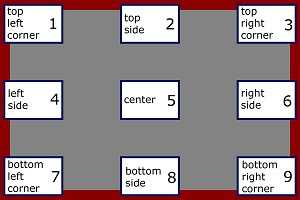
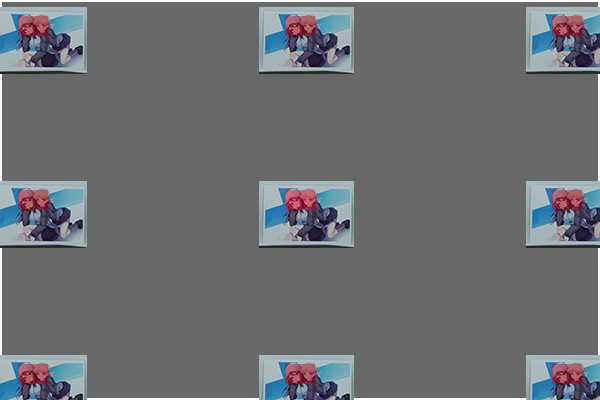
Original target image (printed in horizontal orientation on 10cm X 15cm glossy photo paper)
Testing methods description
- Target: cityscape
- Distance: > 200 meters to center focus point
- Camera: Sony A7II (24mpx, full-frame, tripod, remote control). M-mode, ISO fixed, WB fixed, SteadyShot – OFF. The focus point is on the center only.
- RAW processing: Capture One, default settings. All quality settings – 100%. Crops – 300×200 px
Minolta MC Rokkor PG 58mm 1:1.2 sharpness
Сlose-distance resolution test, minimal distance
Testing methods description
- Target: 10-15 cm picture, printed on glossy photo paper
- Distance: 1.7m
- Camera: Sony A7II (24mpx, full-frame, tripod, remote control). M-mode, ISO fixed, WB fixed, SteadyShot – OFF.
- The test was repeated for every F-stop on every focus position with manual focus adjustment for each shot. That is to avoid the effect of field curvature.
- RAW processing: Capture One, default settings. All quality settings – 100%. Crops – 300×200 px
Original target image (printed in horizontal orientation on 10cm X 15cm glossy photo paper)
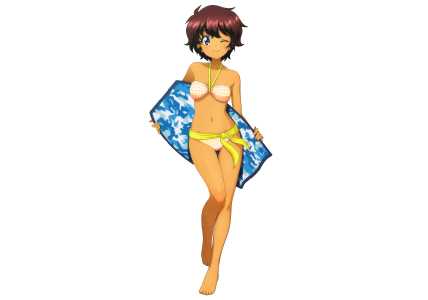
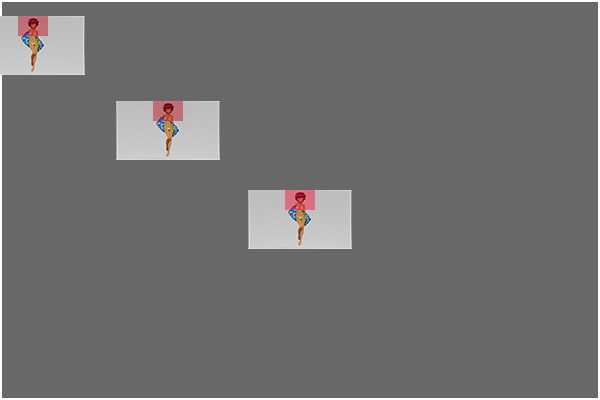
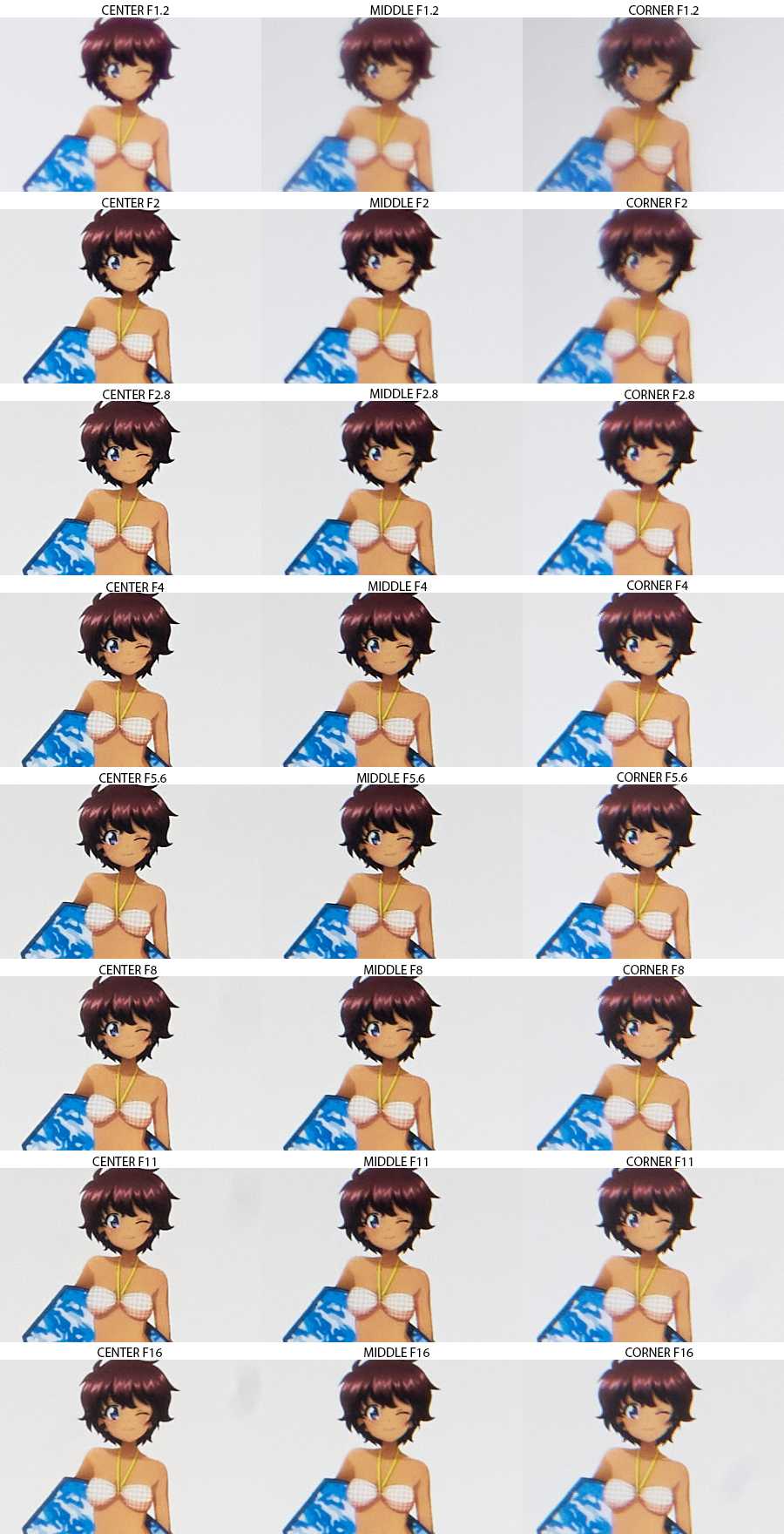
Testing methods description
- Target: cityscape
- Distance: > 200 meters to center focus point
- Camera: Sony A7II (24mpx, full-frame, tripod, remote control). M-mode, ISO fixed, WB fixed, SteadyShot – OFF. The focus point is on the center only.
- RAW processing: Capture One, default settings. All quality settings – 100%. Crops – 300×200 px
Minolta MC Rokkor SI 28mm 1:2.5 sharpness
Testing methods description
- Target: 10-15 cm picture, printed on glossy photo paper
- Distance: 1.7m
- Camera: Sony A7II (24mpx, full-frame, tripod, remote control). M-mode, ISO fixed, WB fixed, SteadyShot – OFF.
- The test was repeated for every F-stop on every focus position with manual focus adjustment for each shot. That is to avoid the effect of field curvature.
- RAW processing: Capture One, default settings. All quality settings – 100%. Crops – 300×200 px
Original target image (printed in horizontal orientation on 10cm X 15cm glossy photo paper)
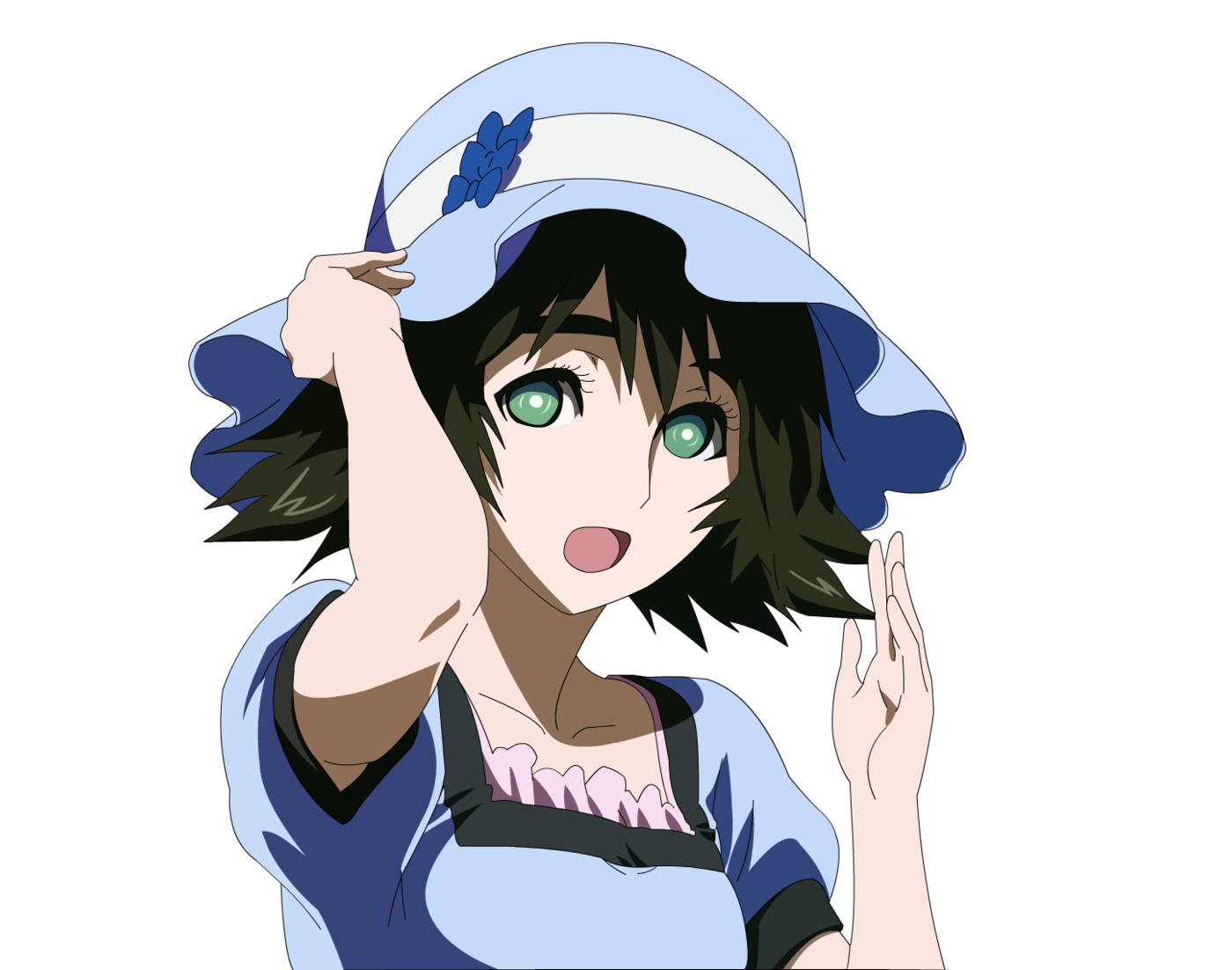
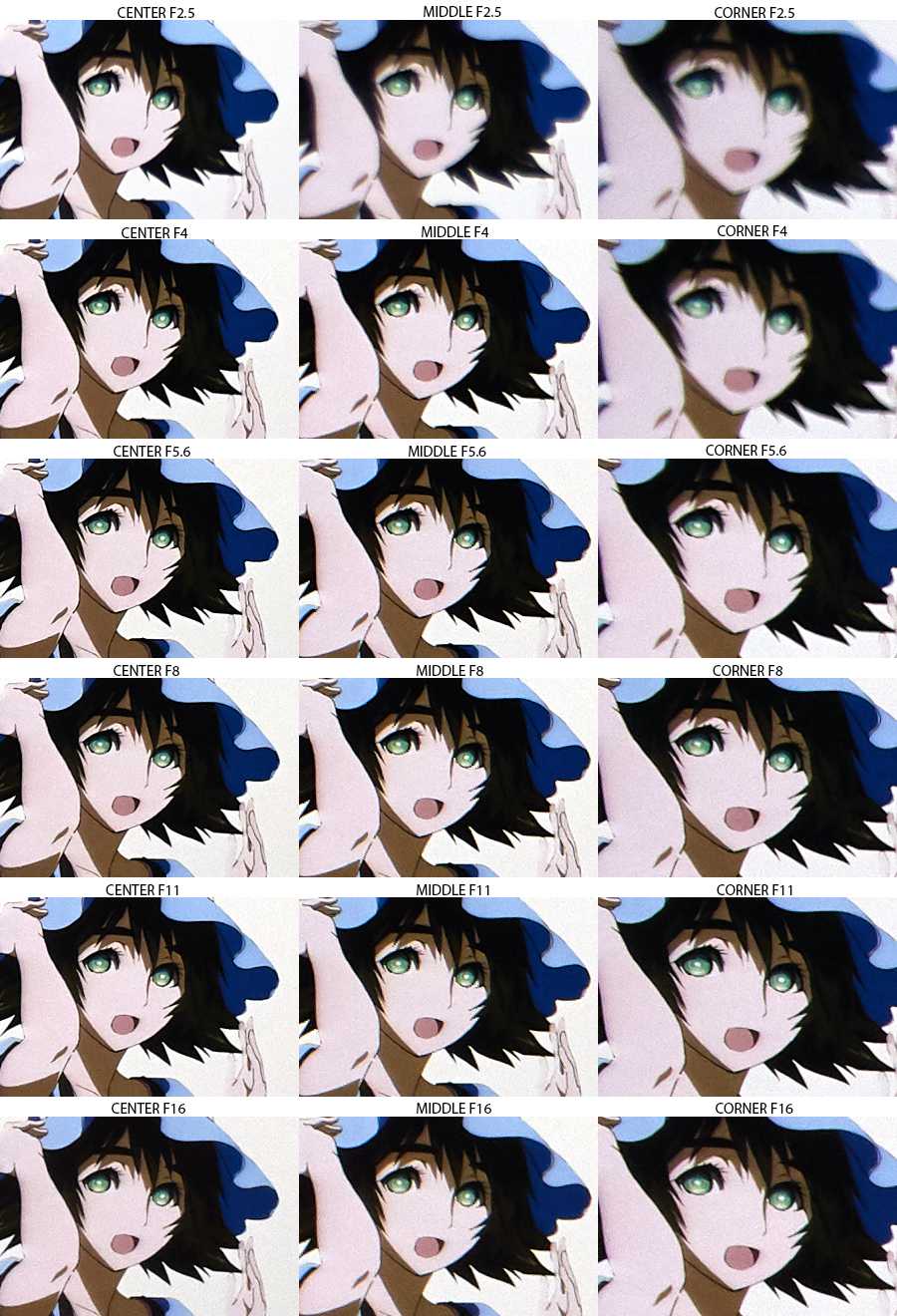
Testing methods description
- Target: cityscape
- Distance: > 200 meters to center focus point
- Camera: Sony A7II (24mpx, full-frame, tripod, remote control). M-mode, ISO fixed, WB fixed, SteadyShot – OFF. The focus point is on the center only.
- RAW processing: Capture One, default settings. All quality settings – 100%. Crops – 300×200 px
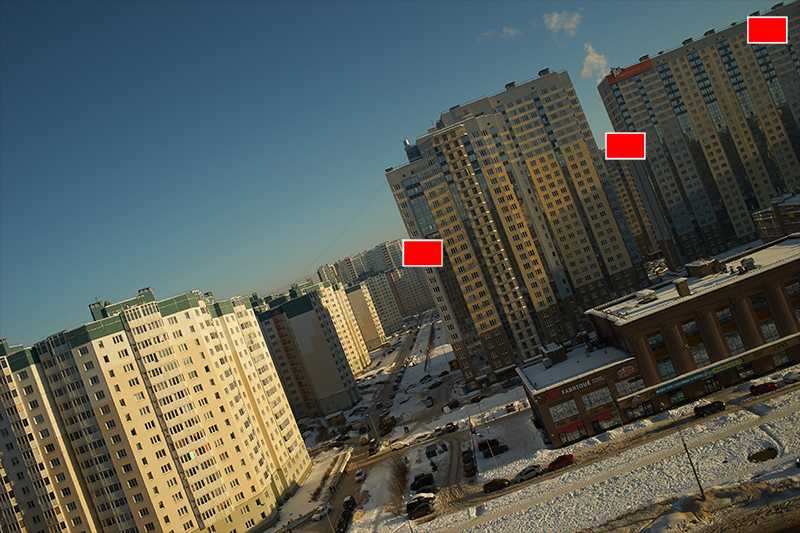
Minolta MC Rokkor SI 28mm 1:2.5 final conclusion

Instead of other lenses from the era of “full metal jackets” this lens, not just a simple “steel&glass” but “steel&glass&radioactivity” so it is a treasure for anti-plastic rebels and a nice training tool for the preppers. Of course, it’s not the only advantage.
Seriously, it has low aberrations and nicely fixed geometric distortion. I’m not a connoisseur of bokeh from wide-angle lenses but test samples demonstrate that this lens has a pleasant rendering that may be successfully used for a herbs/flower photography or subject photography, etc.
About the sharpness: the lens is really sharpened and provides enough good resolution over the frame from F5.6 (F8.0 is better of course) – an amazing result for wide lenses. No doubts that it is the best 28 lens from the “steel&glass” series. I can’t say that this is a gem, but it stays on position right after fantastic New-MD 28mm F2.
What about radioactivity – it seems to me as a disadvantage, not because of influence for health – just follow simple rules and everything will be fine, but because of the fact of the existence of these rules (and of course not because of yellow tint which can be easily fixed).
The lens can be recommended by it’s IQ, but what about the disadvantages – it’s a personal choice of a photographer.
Minolta MC Rokkor PF 55mm 1:1.7 sharpness
Testing methods description
- Target: 10-15 cm picture, printed on glossy photo paper
- Distance: 1.7m
- Camera: Sony A7II (24mpx, full-frame, tripod, remote control). M-mode, ISO fixed, WB fixed, SteadyShot – OFF.
- The test was repeated for every F-stop on every focus position with manual focus adjustment for each shot. That is to avoid the effect of field curvature.
- RAW processing: Capture One, default settings. All quality settings – 100%. Crops – 300×200 px
Original target image (printed in horizontal orientation on 10cm X 15cm glossy photo paper)
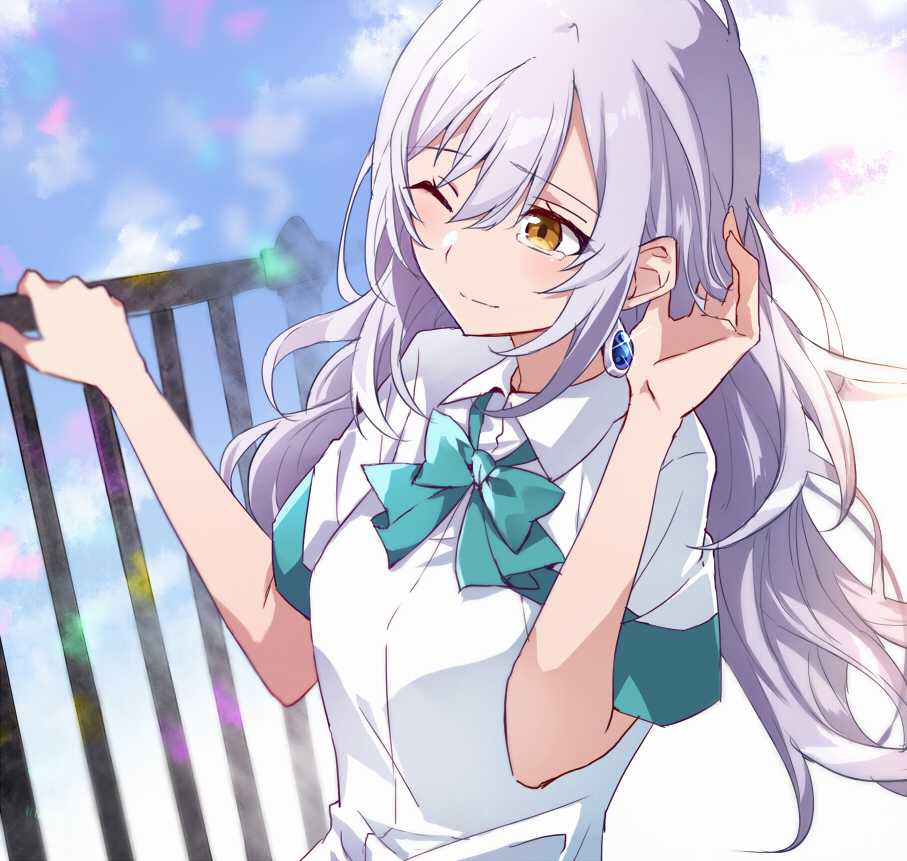
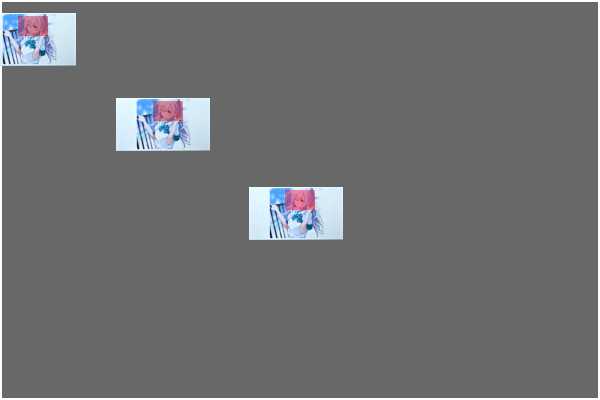
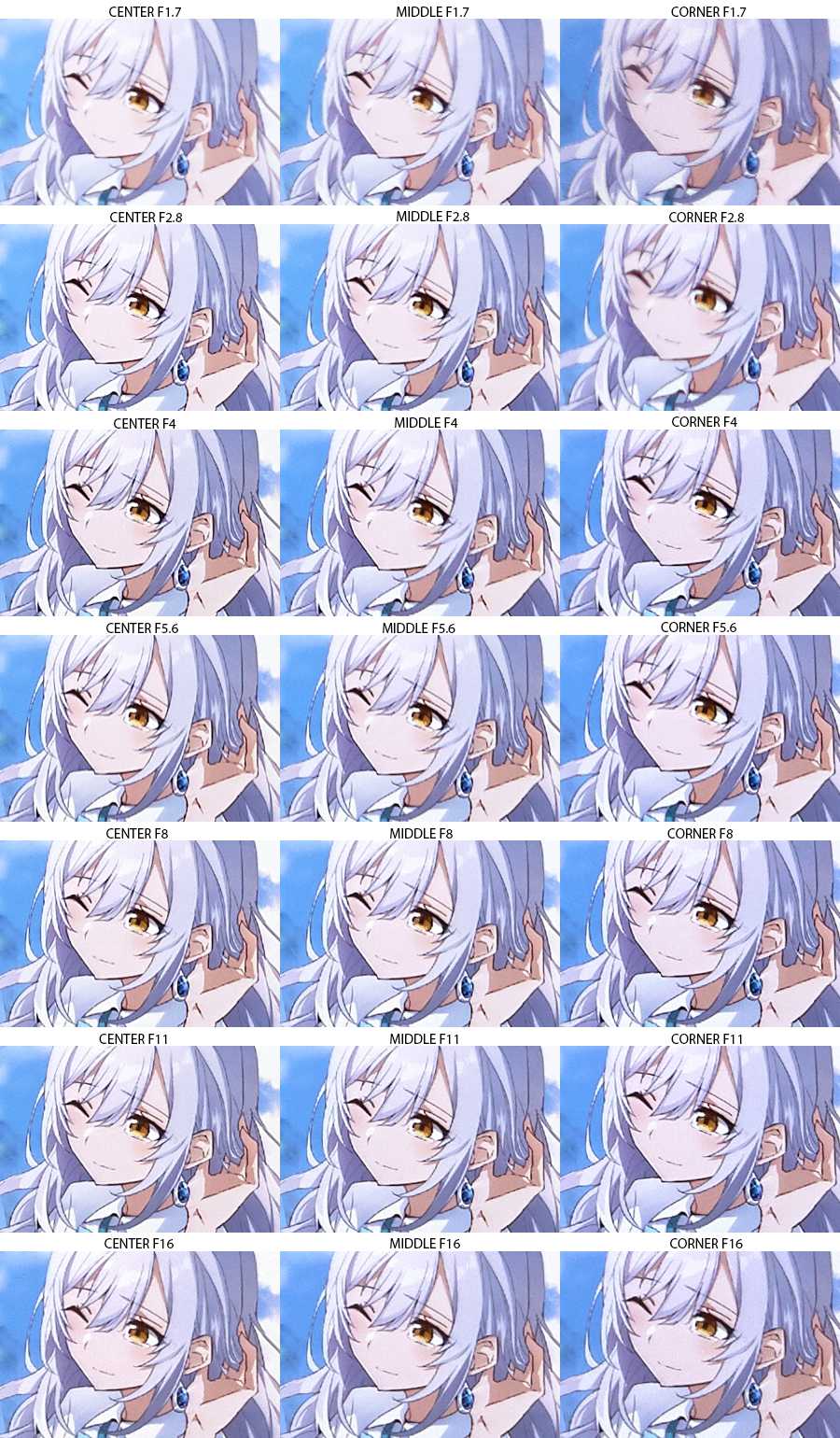
Testing methods description
- Target: cityscape
- Distance: > 200 meters to center focus point
- Camera: Sony A7II (24mpx, full-frame, tripod, remote control). M-mode, ISO fixed, WB fixed, SteadyShot – OFF. The focus point is on the center only.
- RAW processing: Capture One, default settings. All quality settings – 100%. Crops – 300×200 px
The IQ
The resolution and aberrations are not strong sides of Minolta MC 55mm F1.7. Not bad but not something special. The sharpness distribution over the frame became enough good just for F5.6 – here the lens is very sharp and may be used for any photographer’s tasks.
Better to avoid wide open F1.7 for any tasks. Except… The portrait is the only photography style for which I can recommend this lens without doubts. To be honest, at first glance on test results I wasn’t impressed by the abilities, but the sharpest pixels are not all that we want to get from a good photographic tool. Here is the unpredictable case: the wide-open F1.7 gives a magic result for 2-3 meters distance – a little swirly bokeh with the nice underlining of an object and balanced sharpness for a skin. By the way – “swirly bokeh” isn’t an often case for Minolta lenses, so this lens may be interesting for fans just because of unusual behavior.
Note: ‘swirly bokeh’ is not an advantage or a disadvantage – it’s just a lens feature and may be good or bad depends on using
Minolta MC Rokkor SG 28mm 1:3.5 sharpness
Testing methods description
- Target: 10-15 cm picture, printed on glossy photo paper
- Distance: 1.7m
- Camera: Sony A7II (24mpx, full-frame, tripod, remote control). M-mode, ISO fixed, WB fixed, SteadyShot – OFF.
- The test was repeated for every F-stop on every focus position with manual focus adjustment for each shot. That is to avoid the effect of field curvature.
- RAW processing: Capture One, default settings. All quality settings – 100%. Crops – 300×200 px
Original target image (printed in horizontal orientation on 10cm X 15cm glossy photo paper)

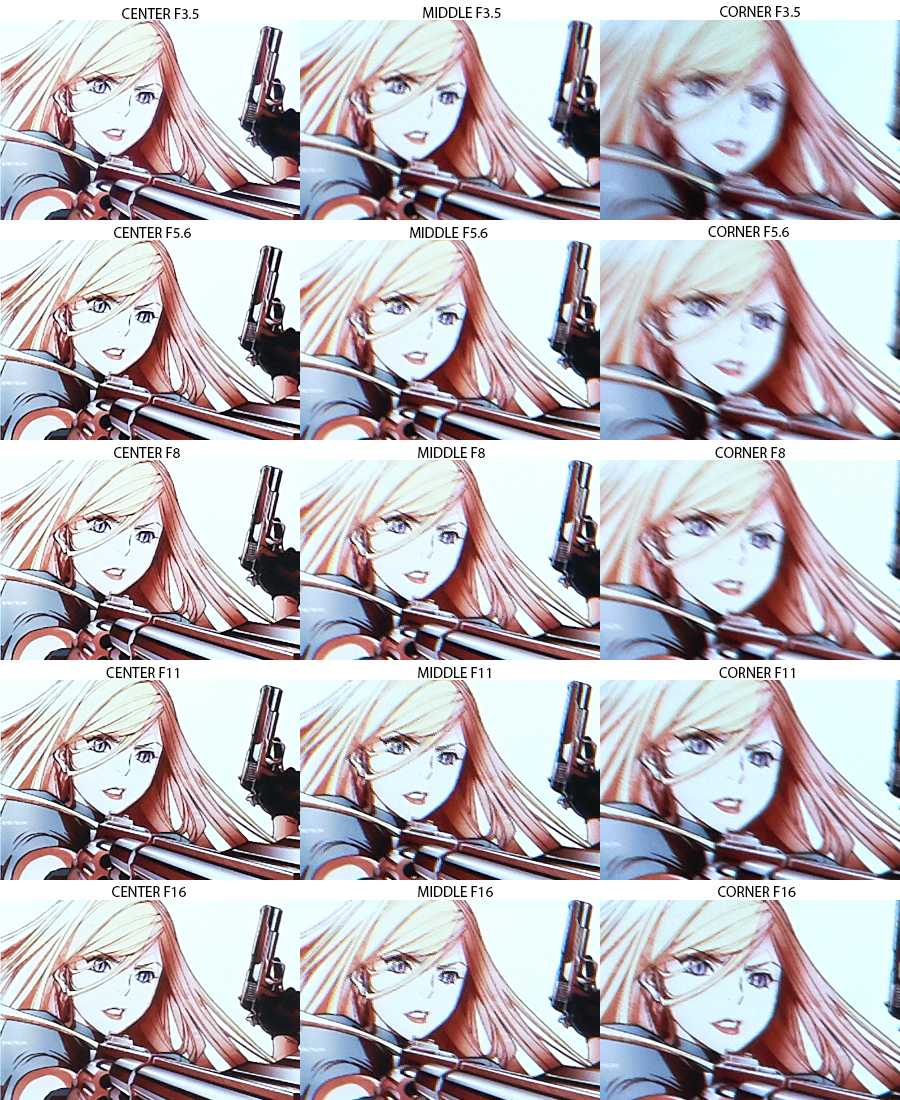
Testing methods description
- Target: cityscape
- Distance: > 200 meters to center focus point
- Camera: Sony A7II (24mpx, full-frame, tripod, remote control). M-mode, ISO fixed, WB fixed, SteadyShot – OFF. The focus point is on the center only.
- RAW processing: Capture One, default settings. All quality settings – 100%. Crops – 300×200 px
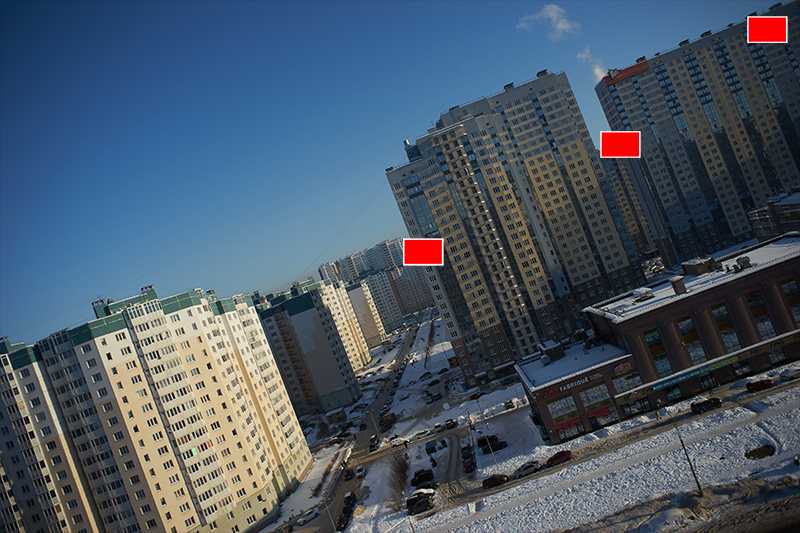
Minolta MC Rokkor PG 50mm 1:1.4 sharpness
Сlose-distance resolution test, minimal distance
Testing methods description
- Target: 10-15 cm picture, printed on glossy photo paper
- Distance: 0.4m
- Camera: Sony A7II (24mpx, full-frame, tripod, remote control). M-mode, ISO fixed, WB fixed, SteadyShot – OFF.
- The test was repeated for every F-stop on every focus position with manual focus adjustment for each shot. That is to avoid the effect of field curvature.
- RAW processing: Capture One, default settings. All quality settings – 100%. Crops – 300×200 px
Original target image (printed in horizontal orientation on 10cm X 15cm glossy photo paper)
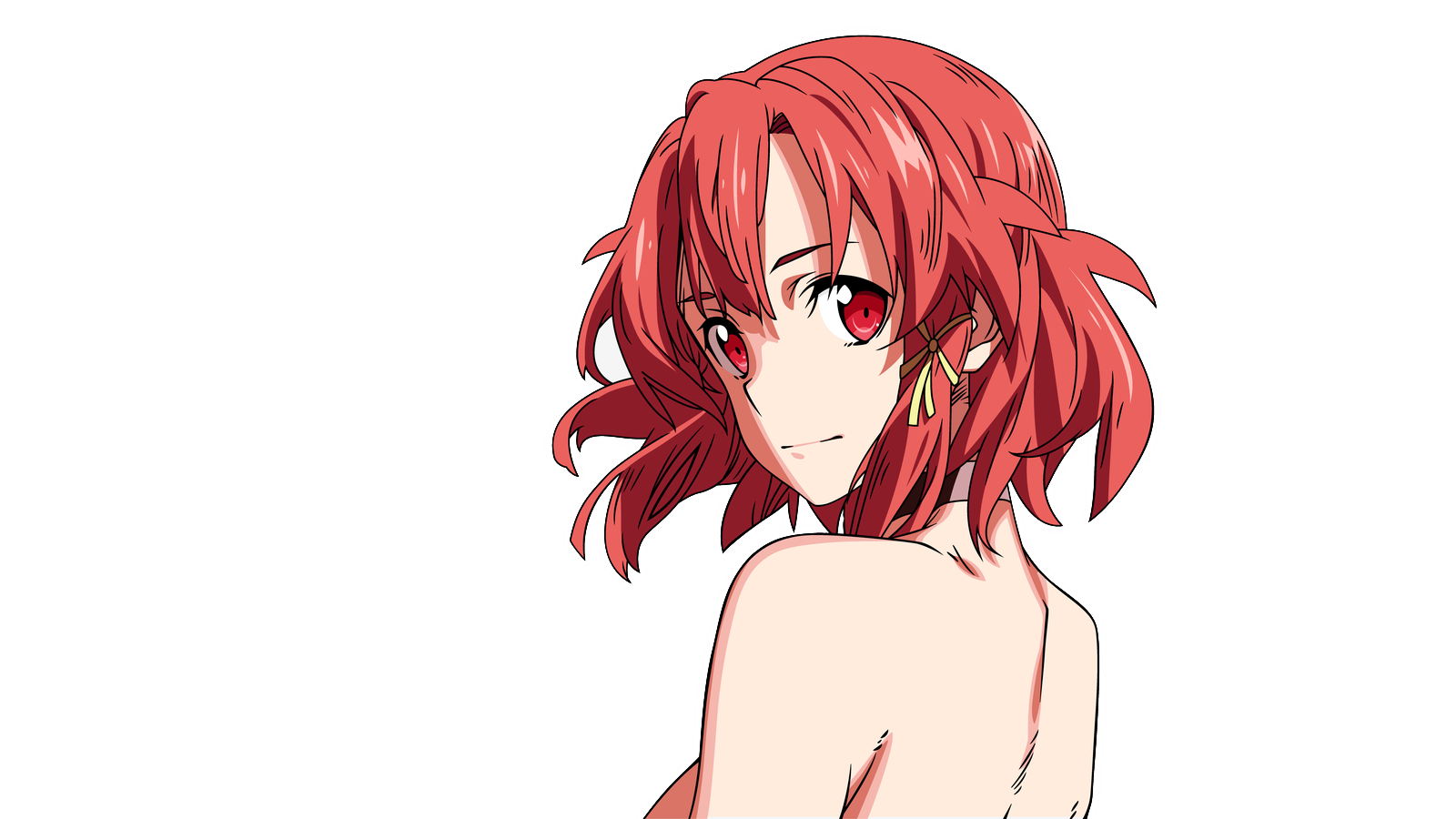
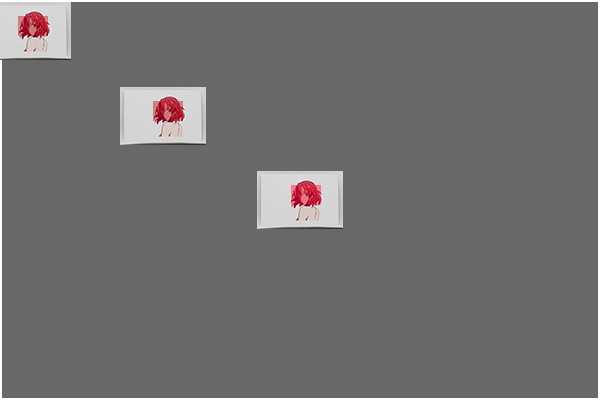
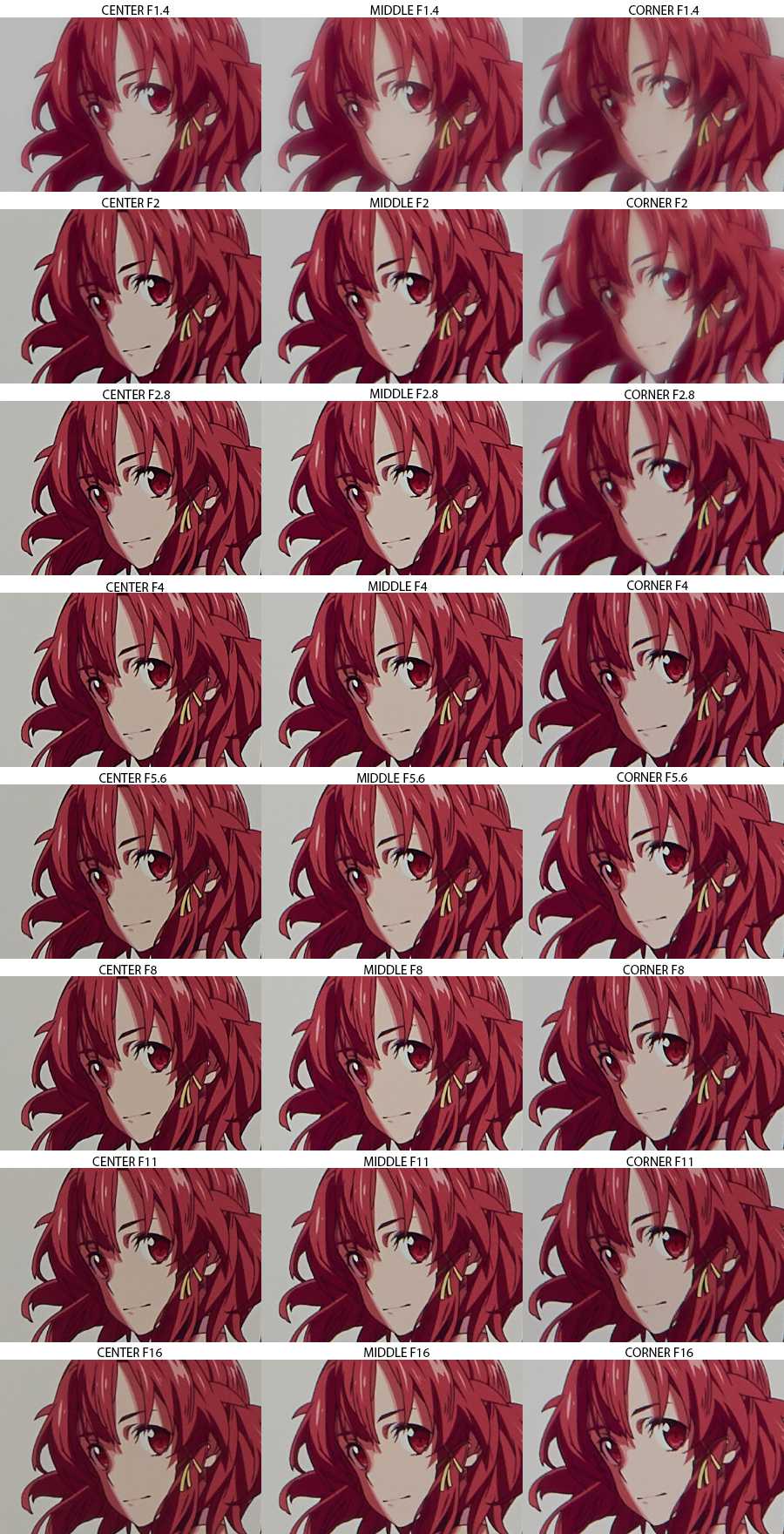
Testing methods description
- Target: cityscape
- Distance: > 200 meters to center focus point
- Camera: Sony A7II (24mpx, full-frame, tripod, remote control). M-mode, ISO fixed, WB fixed, SteadyShot – OFF. The focus point is on the center only.
- RAW processing: Capture One, default settings. All quality settings – 100%. Crops – 300×200 px
Minolta MC Rokkor SG 28mm 1:3.5 final conclusion

I already said above that this lens has no alternatives among other “metal & glass” designed lenses because it’s cheap and not radioactive. Let me explain what we have beyond: non-rectilinear fish-eye 16mm 1:2.8, expensive 21mm 1:2.8, radioactive 28mm 1:2.5, and not so wide 35mm lenses. As a result, if a photographer needs a wide-angle for a reasonable price and cares about rare-earth materials – this MC 28/3.5 is number first in the list… and only one on the list.
Nice news: we have no reason to be sad – this lens works fine. Yes, it isn’t a resolution champion and needs to be closed up to F8 for landscapes, but – for any other tasks, it can be used even wide-opened. Thus this not very fast F3.5 should be marked as useful. Add here very low aberrations, nicely fixed geometry distortion, small size, and lightweight.
Other good traits which are a standard for MC II generation:
- Easy to CLA with something like a toothpick and hammer
- It may survive in a small fire, as it does not have rubber and plastic
- Due to the fact that the lens is old, there is a small chance that it was used to photograph celebrities in the 70s, and some old photons were stuck in the glass and it may help to create a few masterpieces
Of course, I recommend this lens – it isn’t a gem but a very good tool for a photographer with taste
Minolta MC Rokkor HG 35mm 1:2.8 sharpness
Testing methods description
- Target: 10-15 cm picture, printed on glossy photo paper
- Distance: 1.7m
- Camera: Sony A7II (24mpx, full-frame, tripod, remote control). M-mode, ISO fixed, WB fixed, SteadyShot – OFF.
- The test was repeated for every F-stop on every focus position with manual focus adjustment for each shot. That is to avoid the effect of field curvature.
- RAW processing: Capture One, default settings. All quality settings – 100%. Crops – 300×200 px
Original target image (printed in horizontal orientation on 10cm X 15cm glossy photo paper)

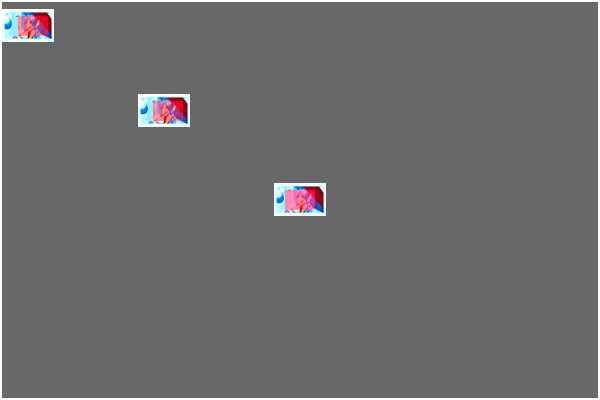
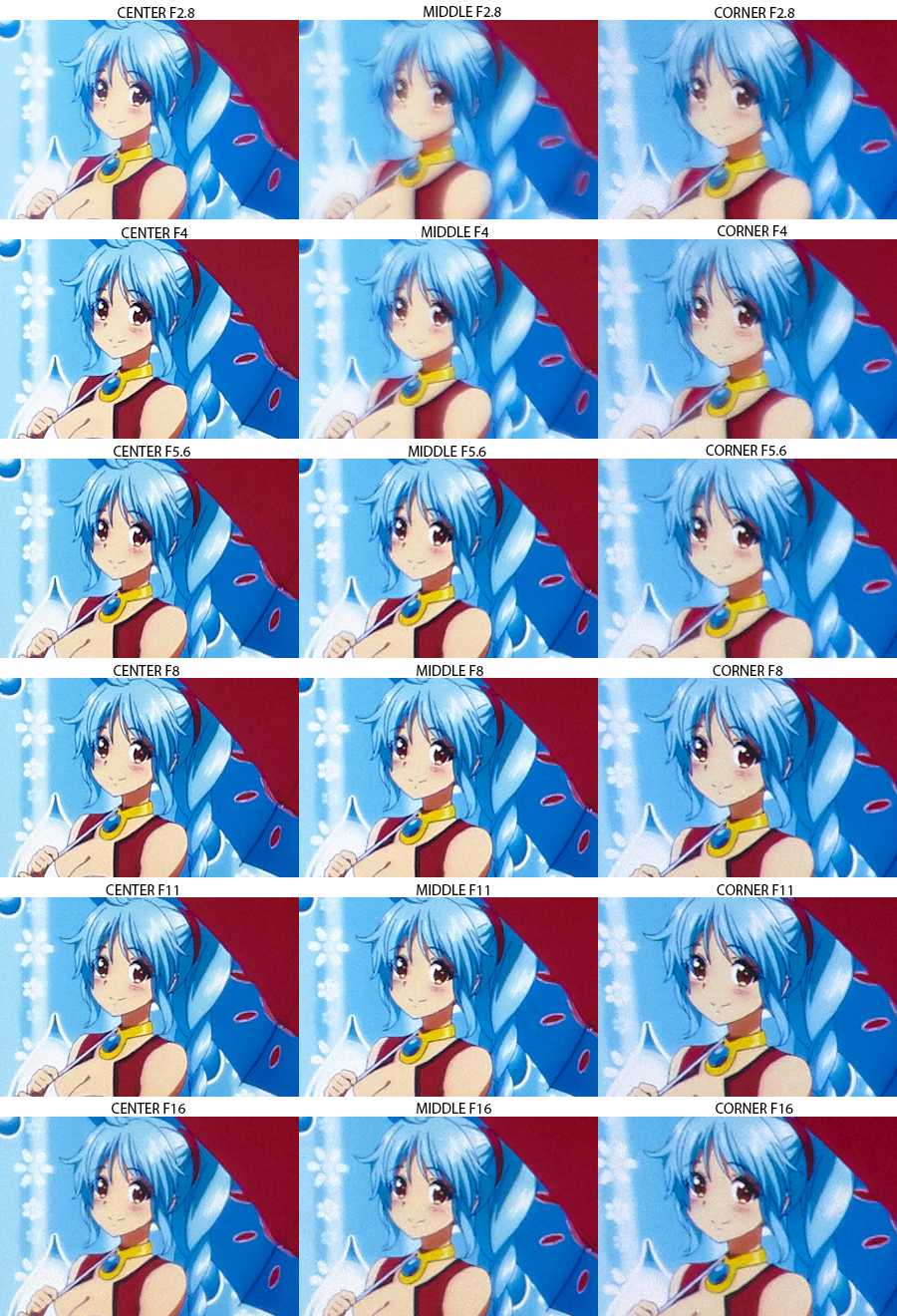
Testing methods description
- Target: cityscape
- Distance: > 200 meters to center focus point
- Camera: Sony A7II (24mpx, full-frame, tripod, remote control). M-mode, ISO fixed, WB fixed, SteadyShot – OFF. The focus point is on the center only.
- RAW processing: Capture One, default settings. All quality settings – 100%. Crops – 300×200 px












